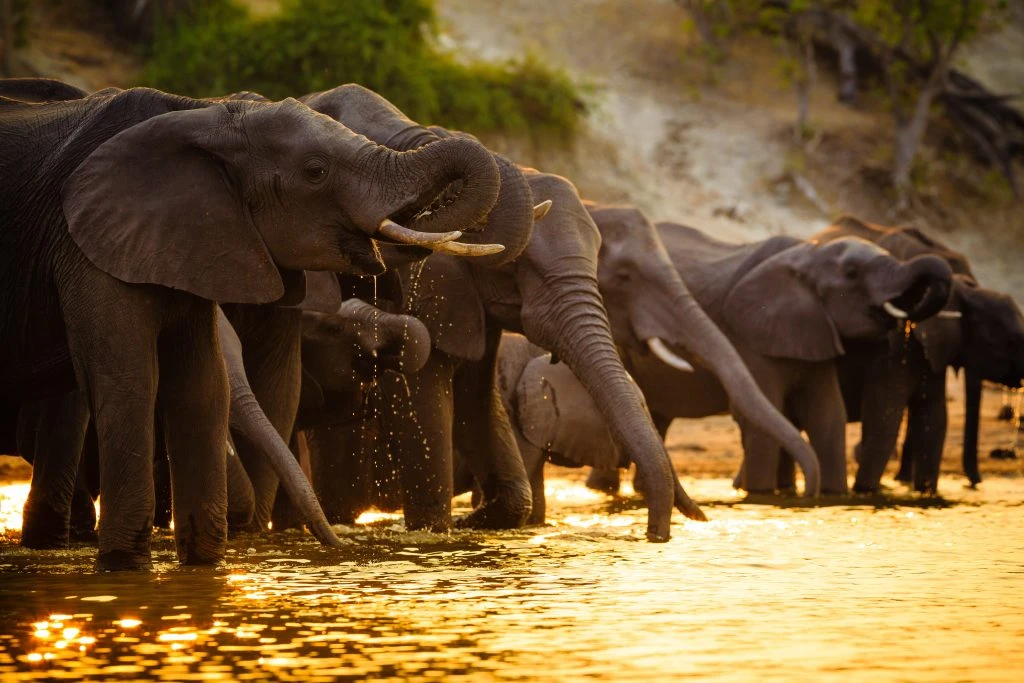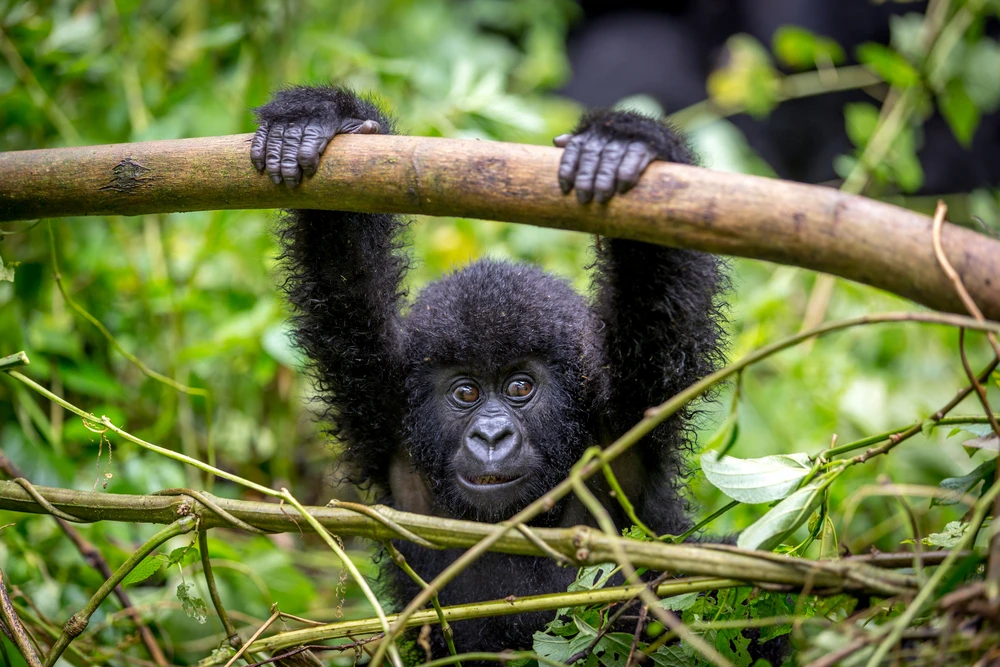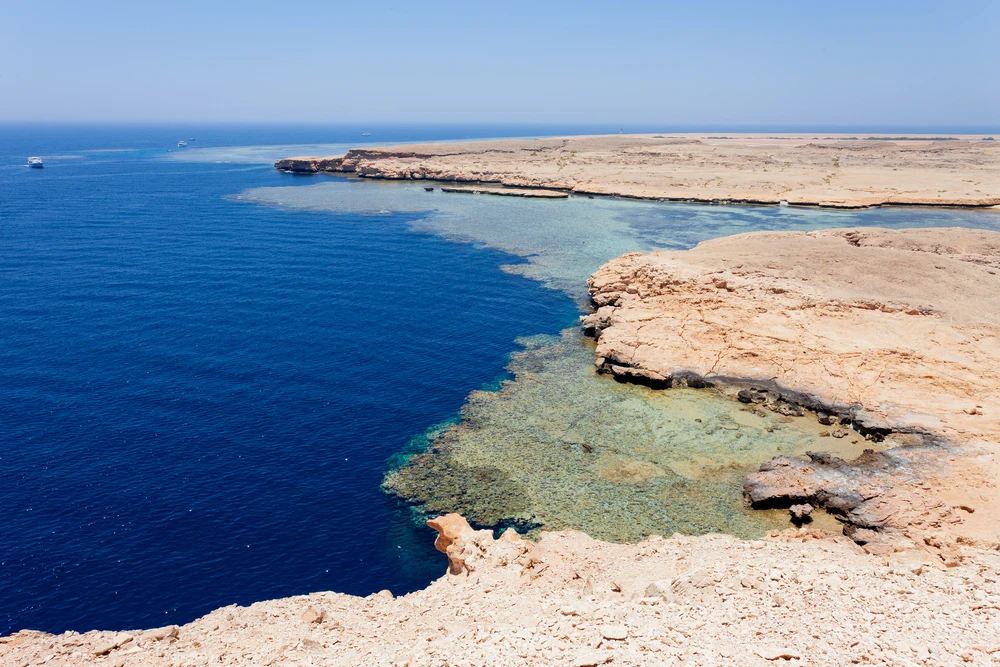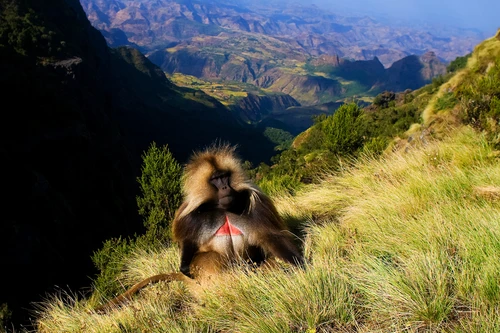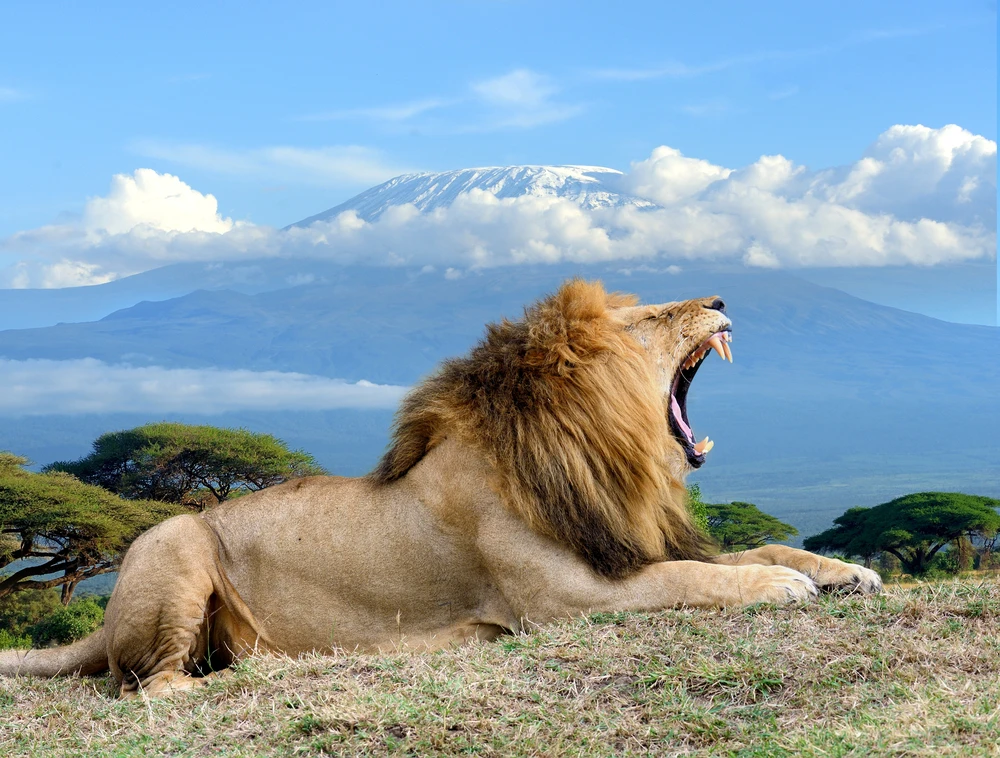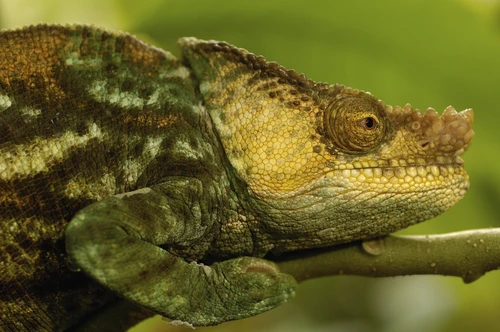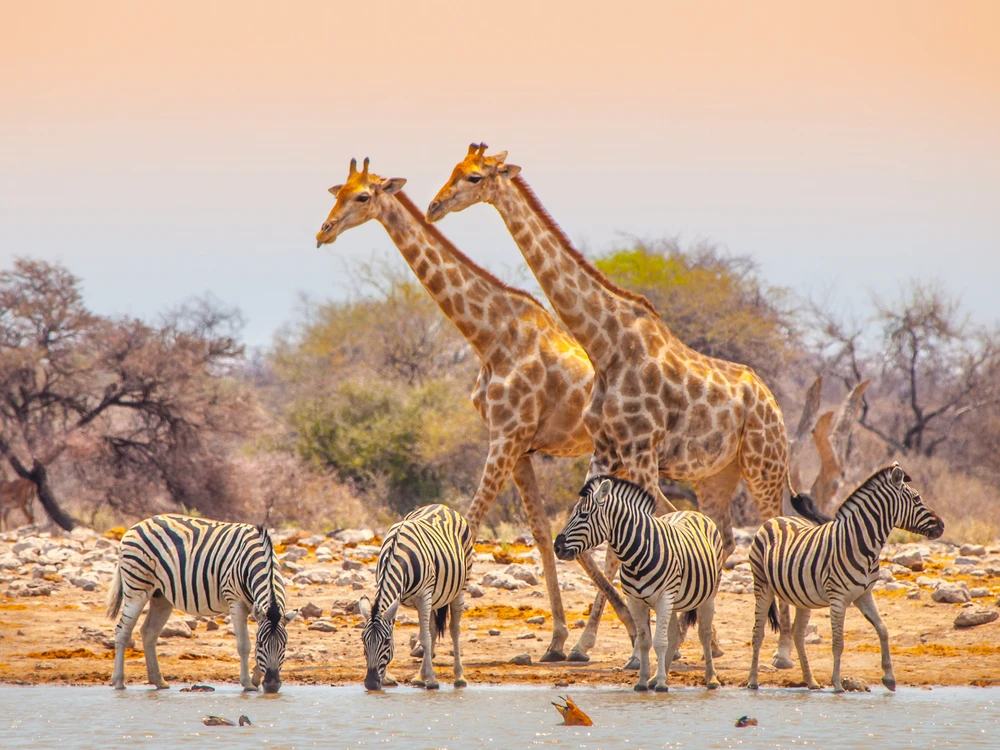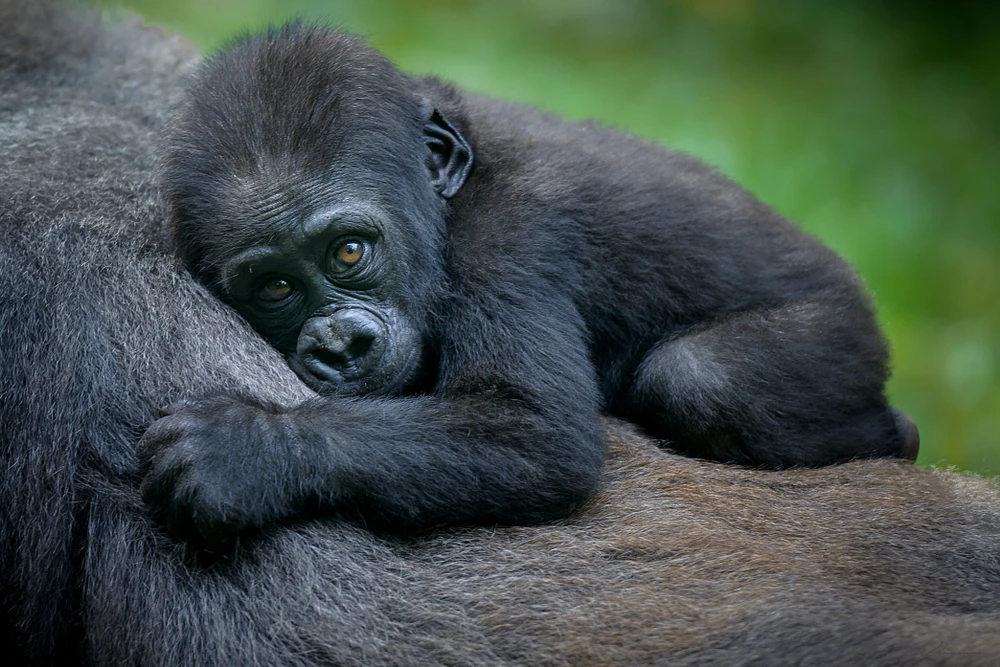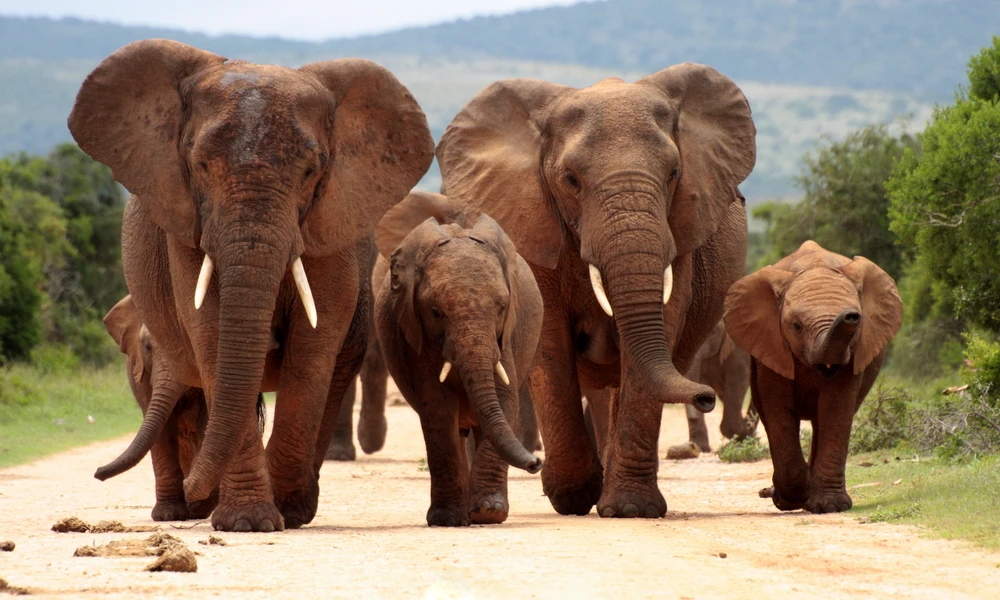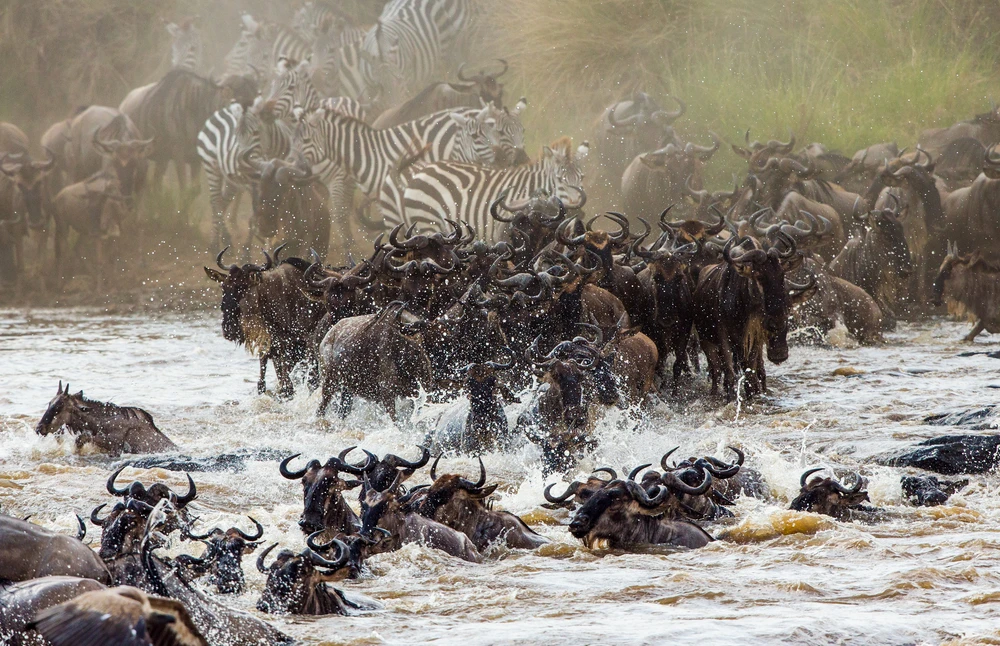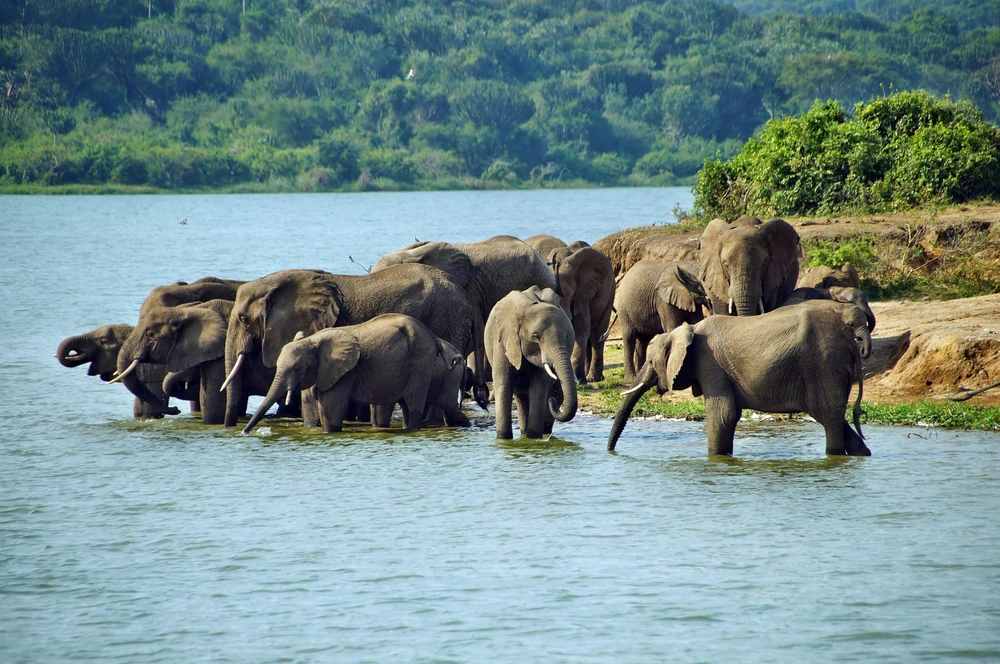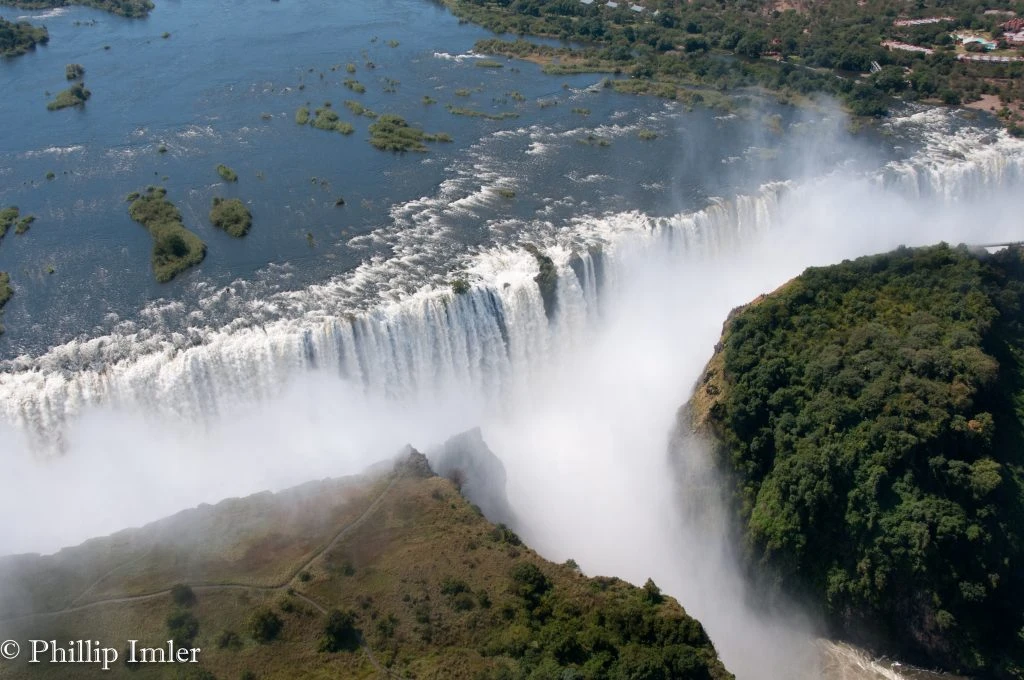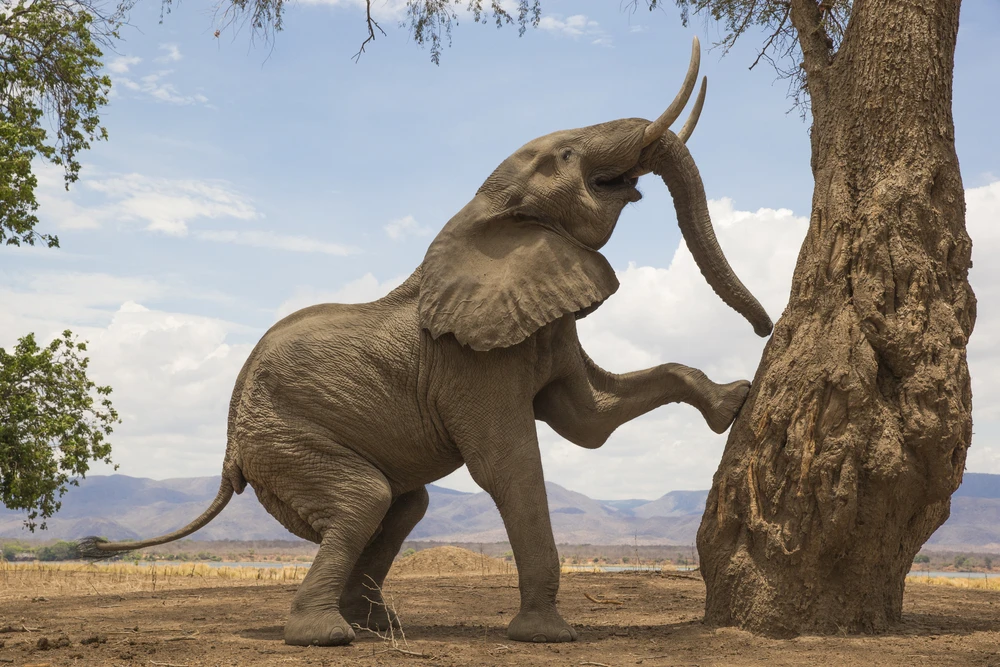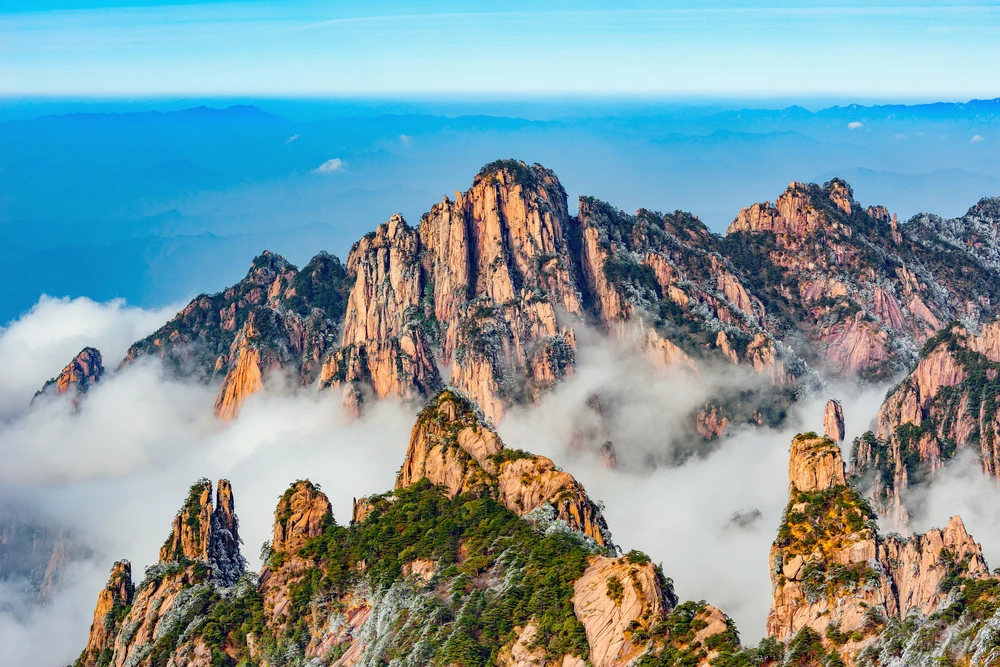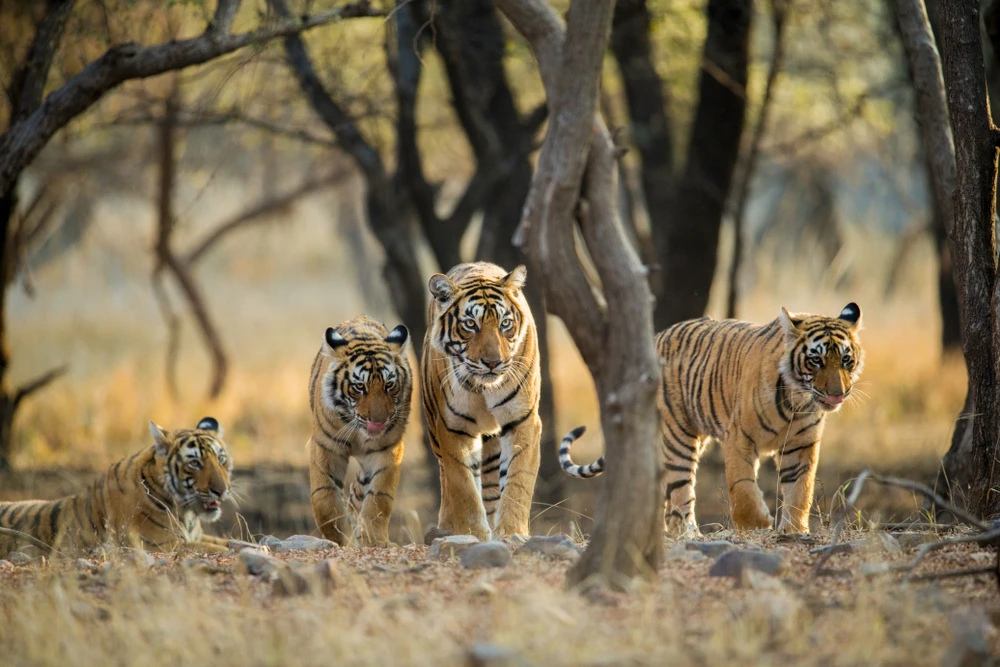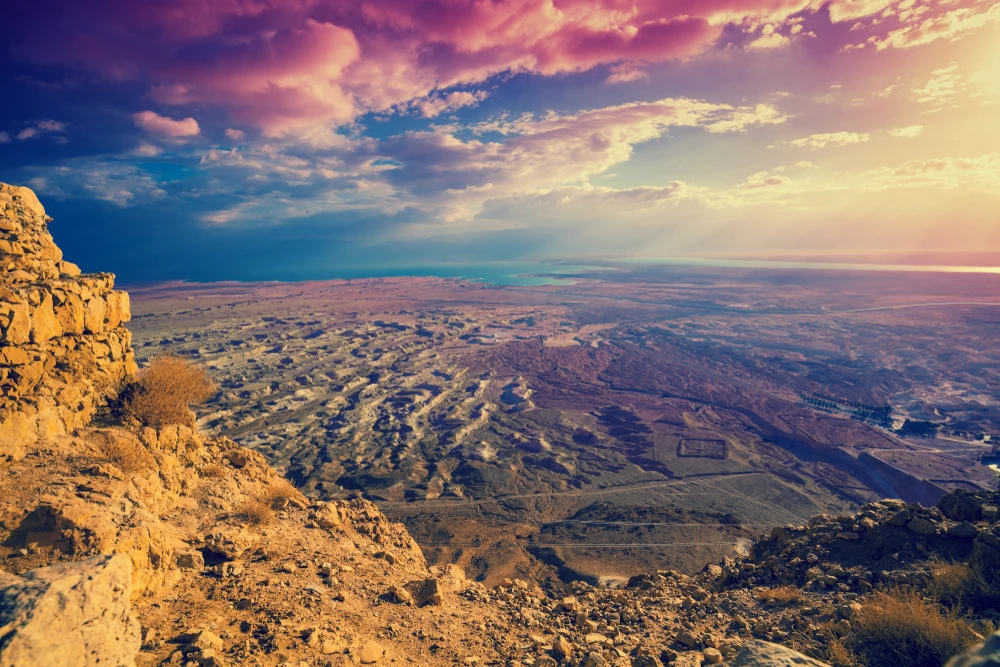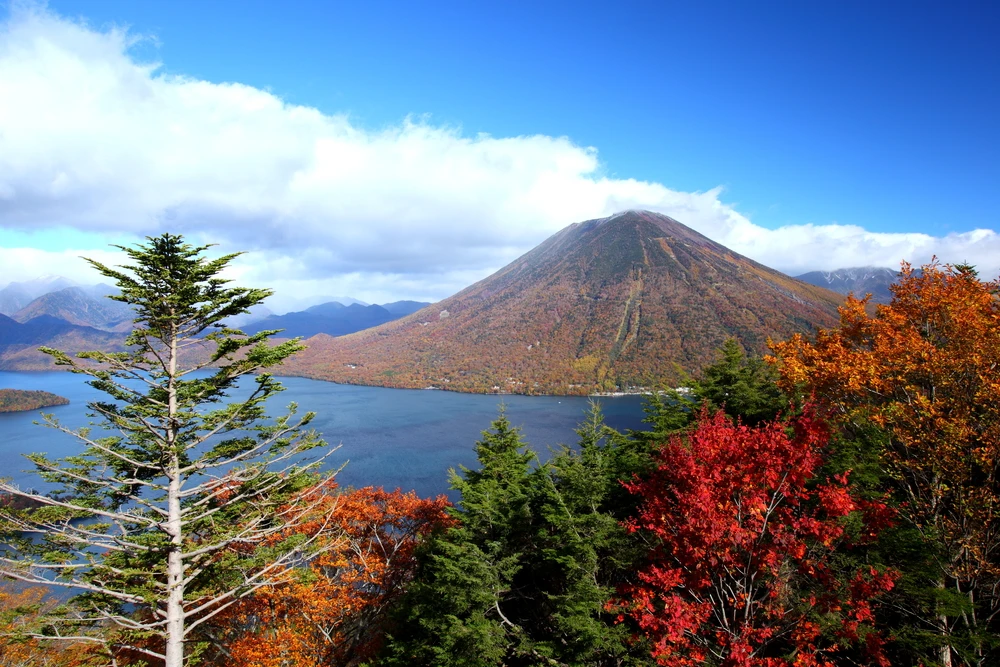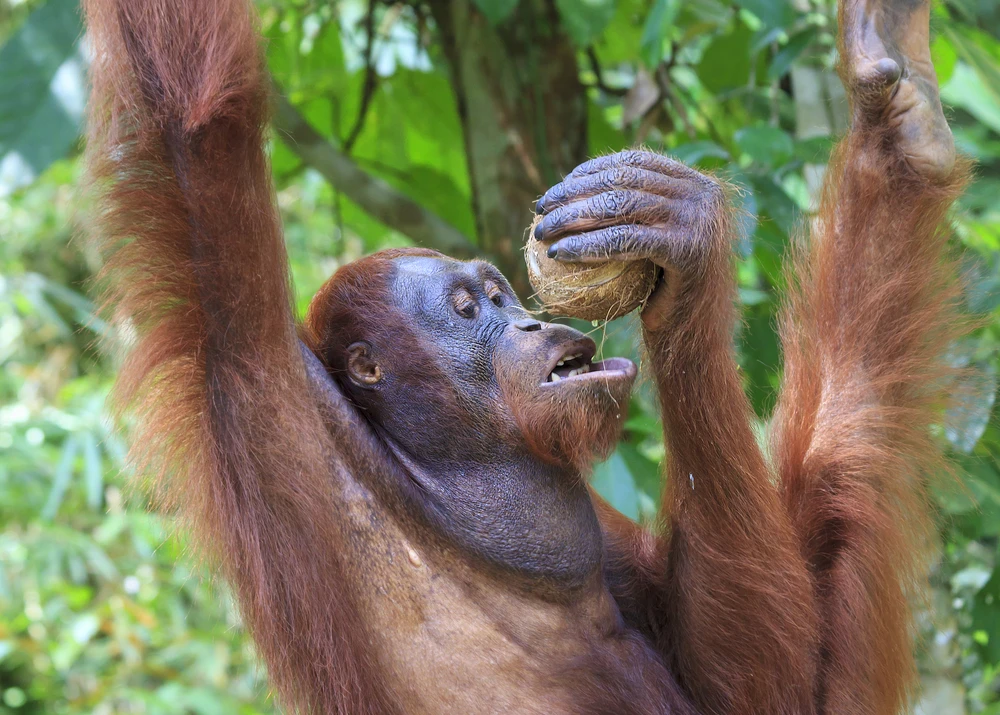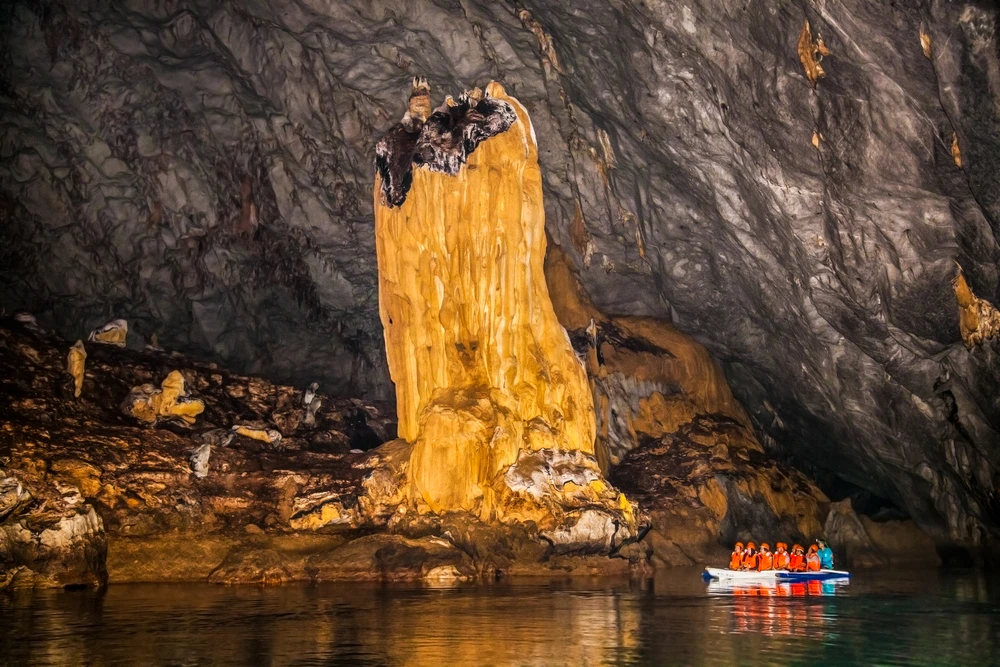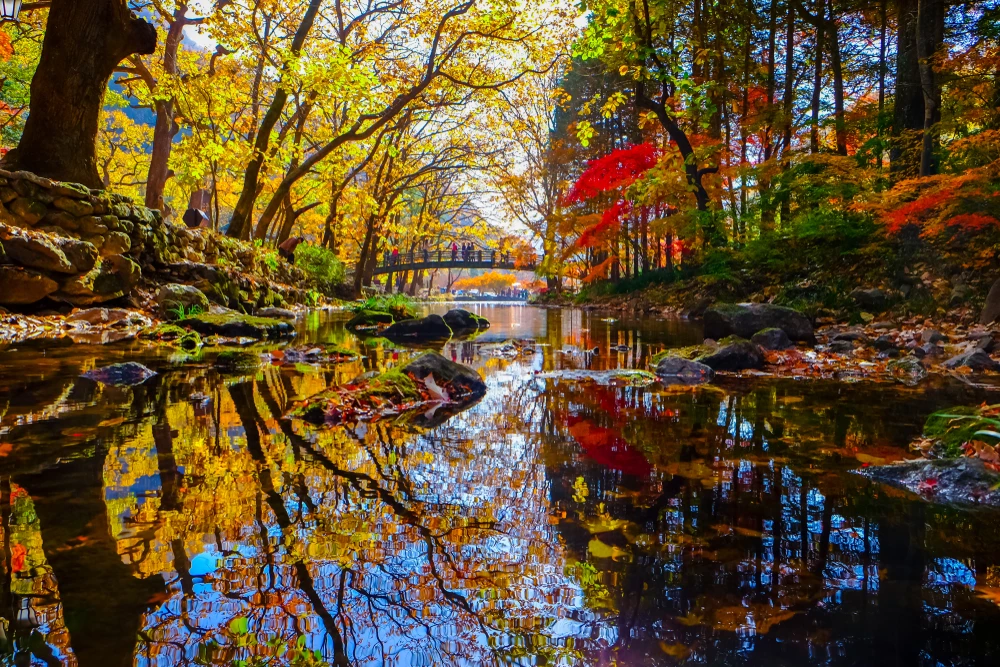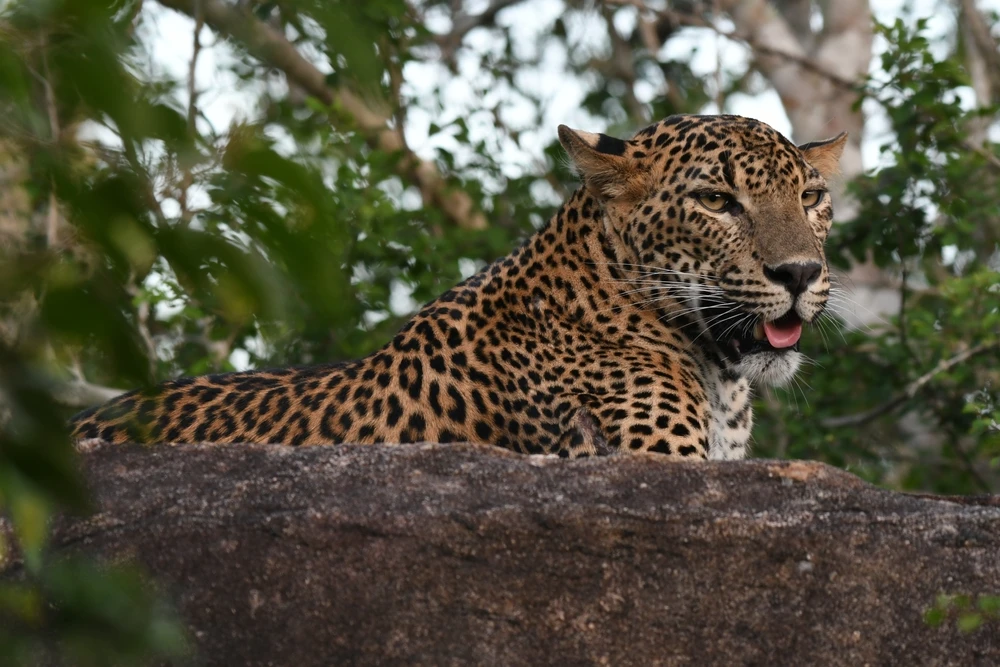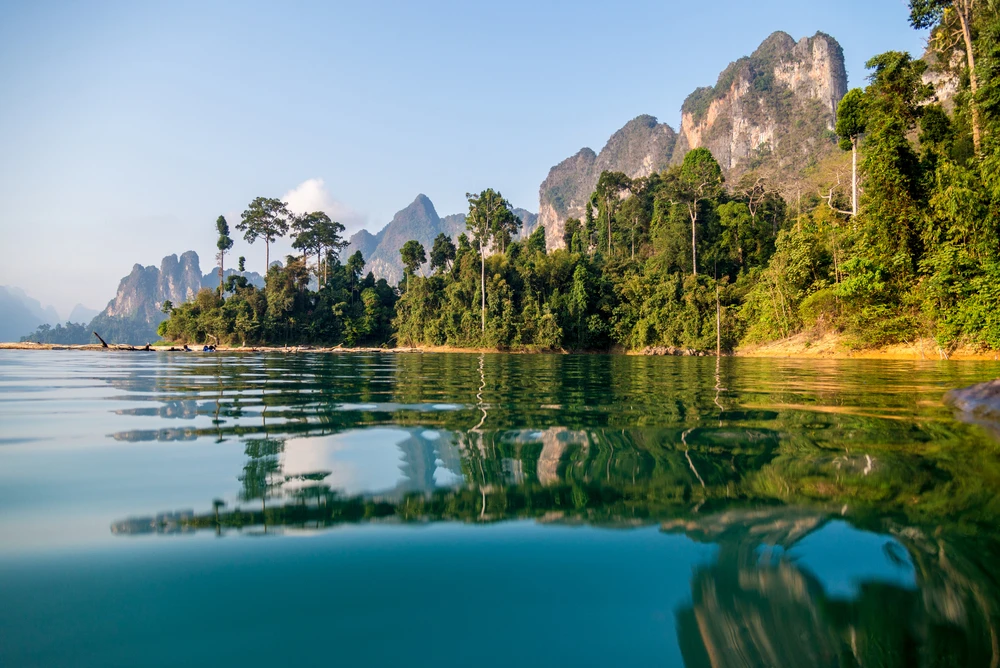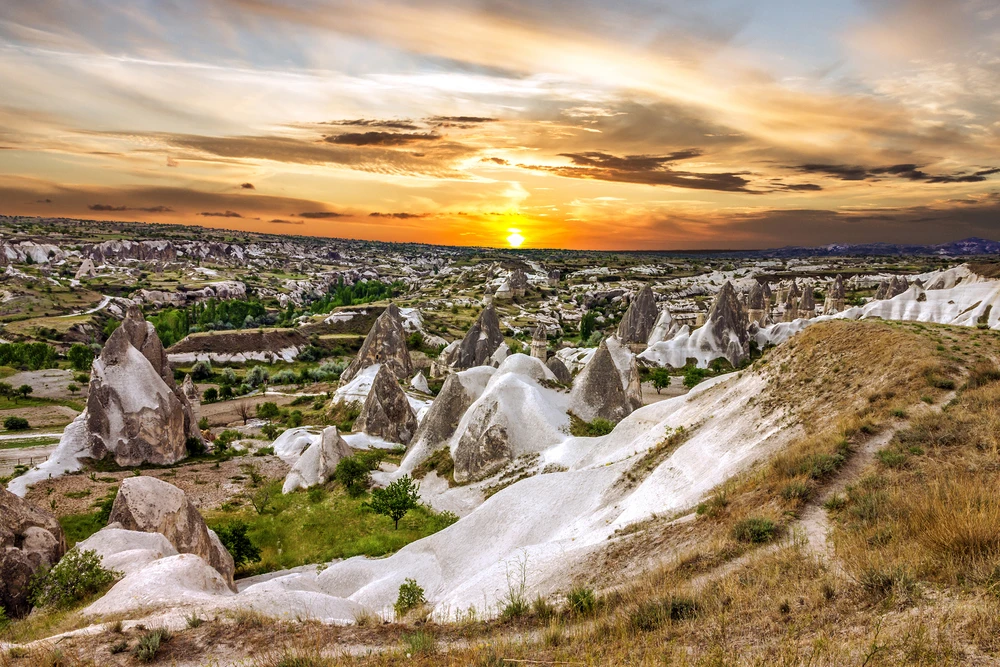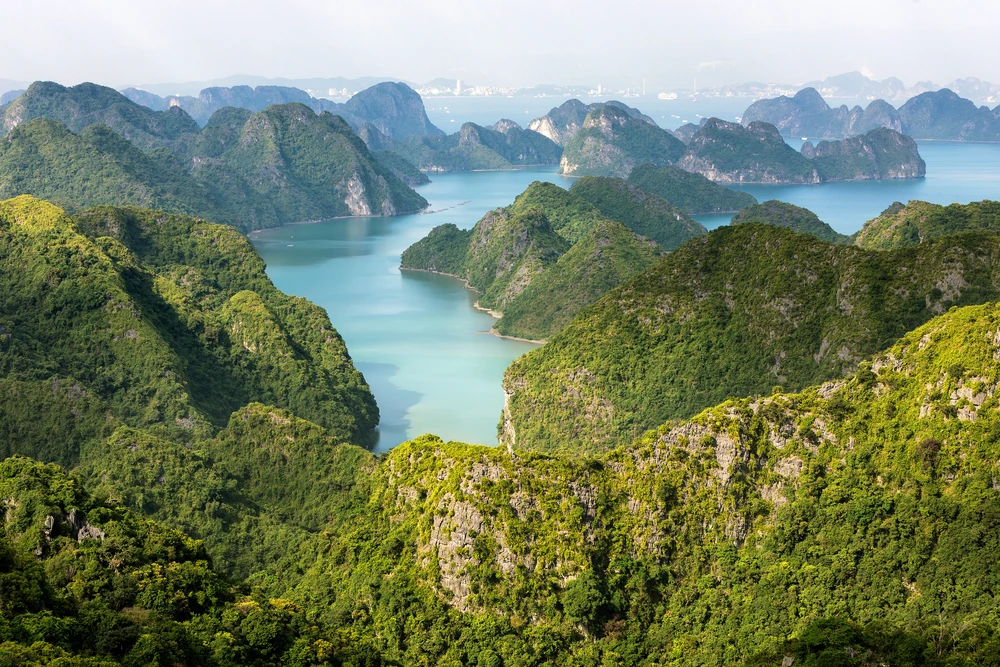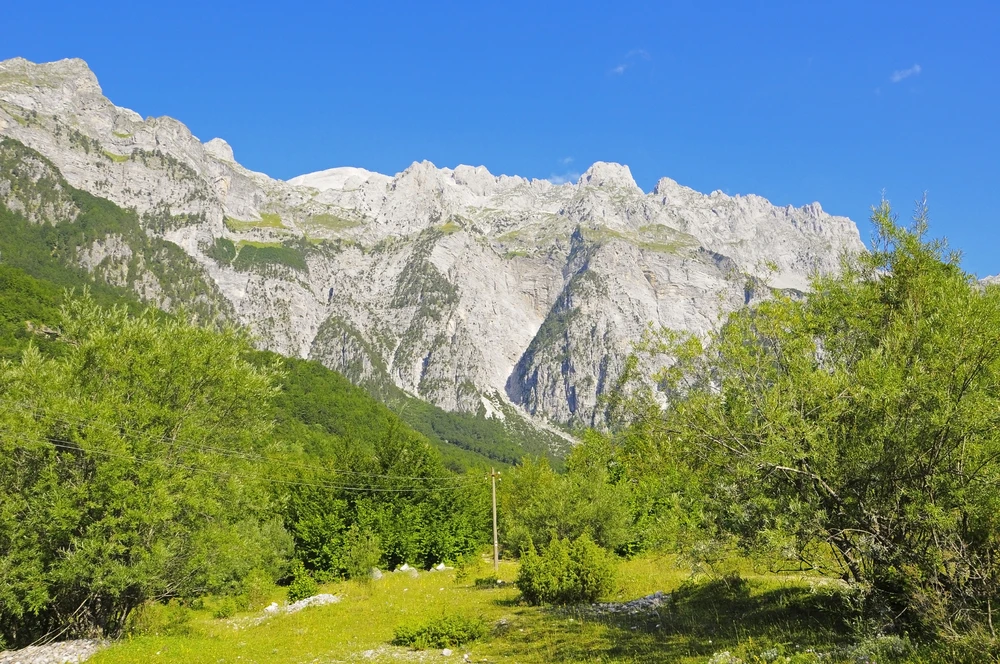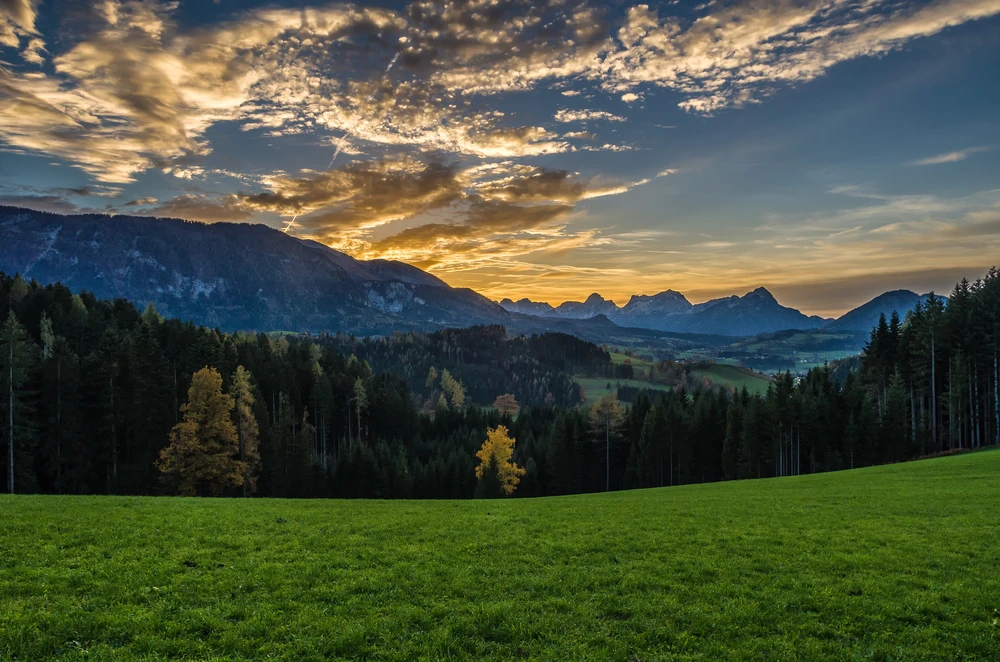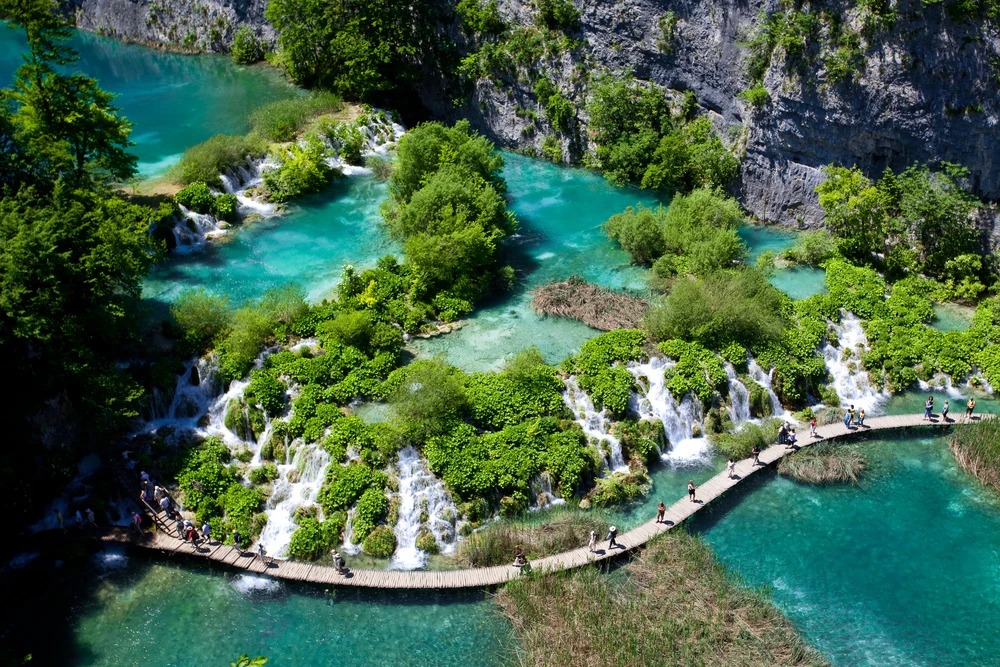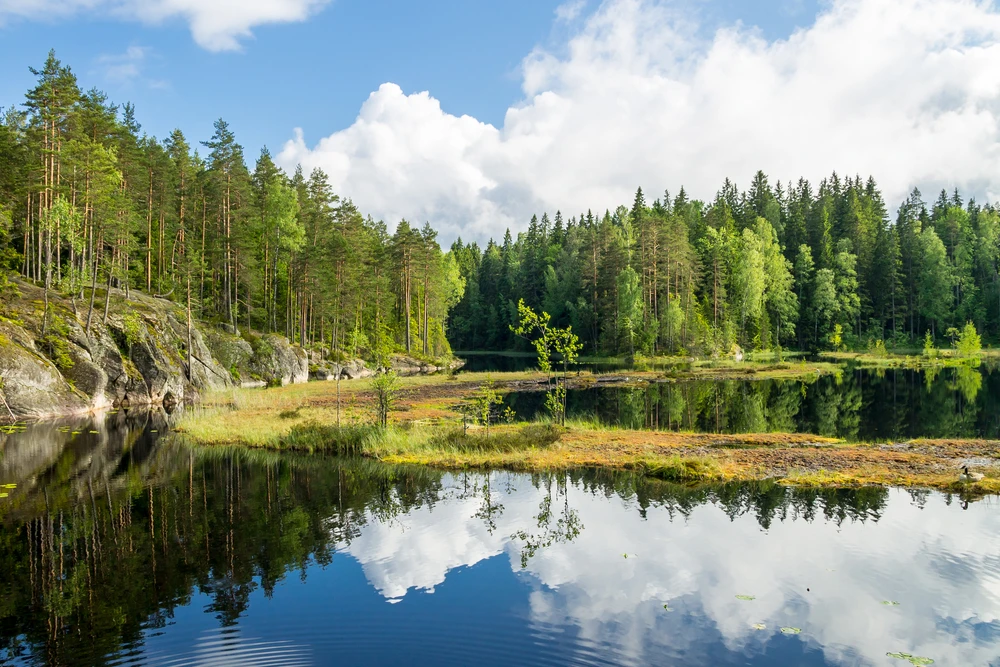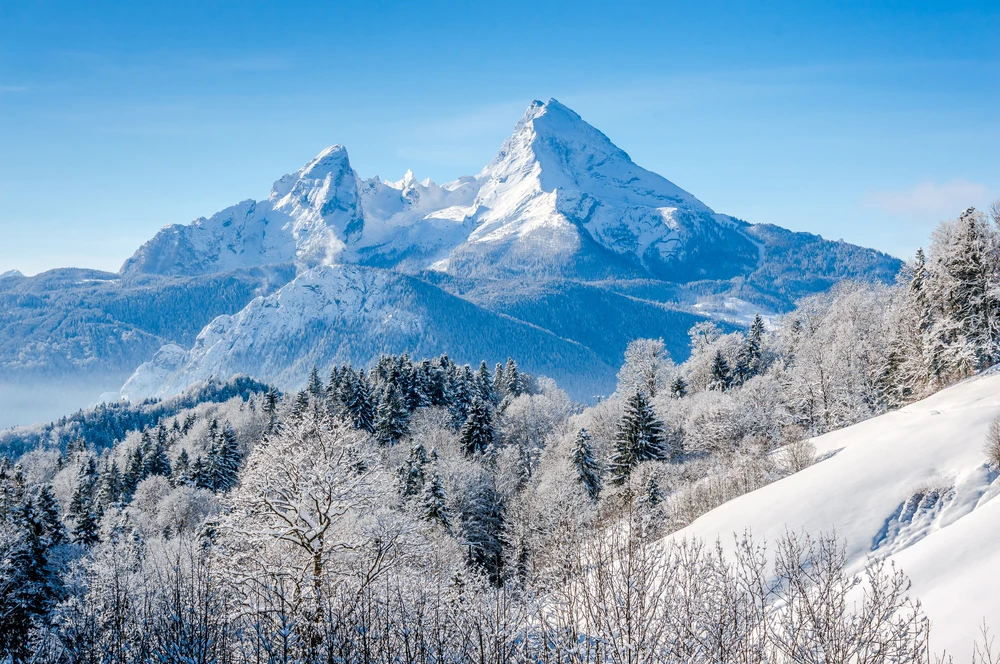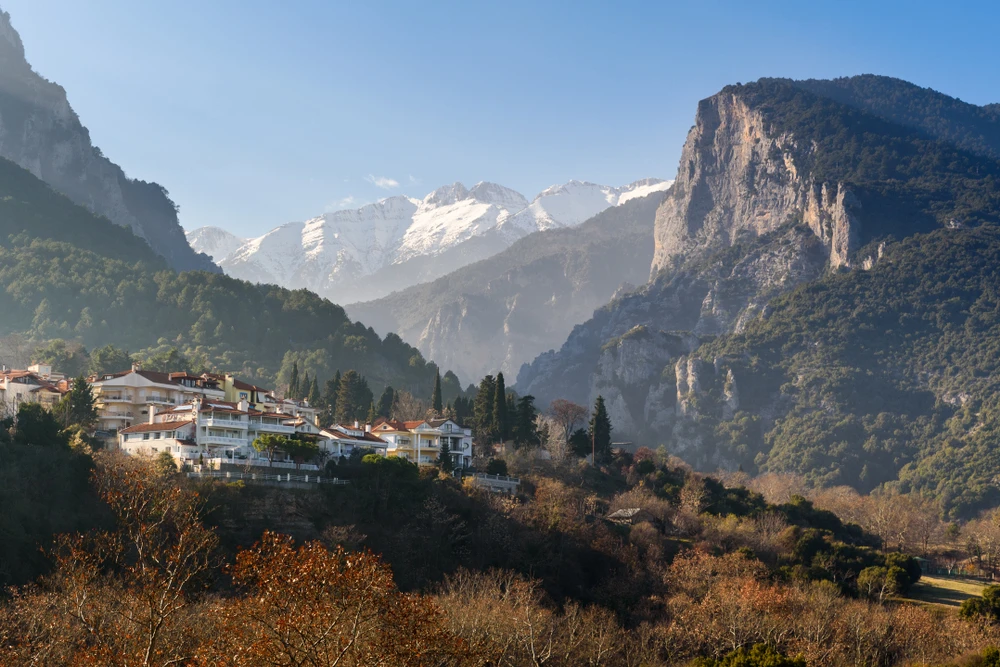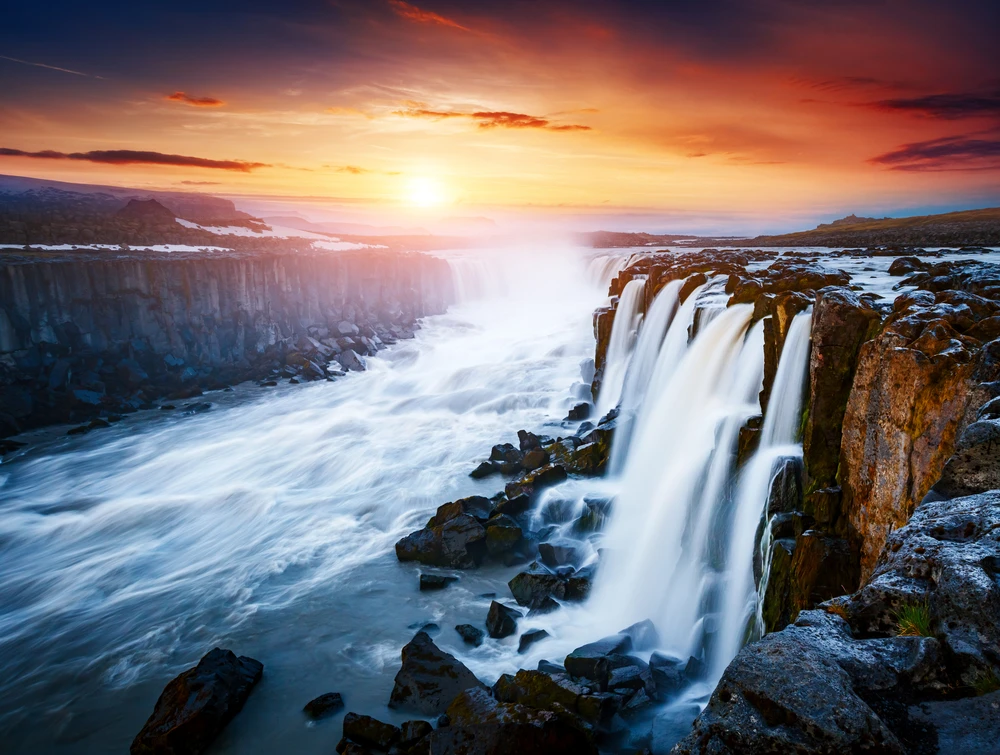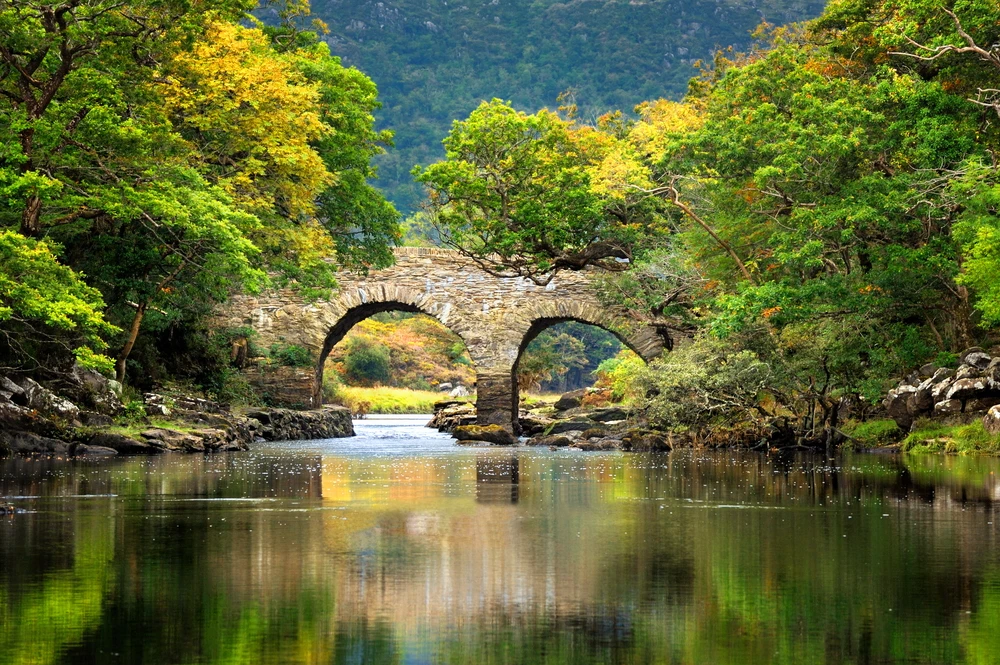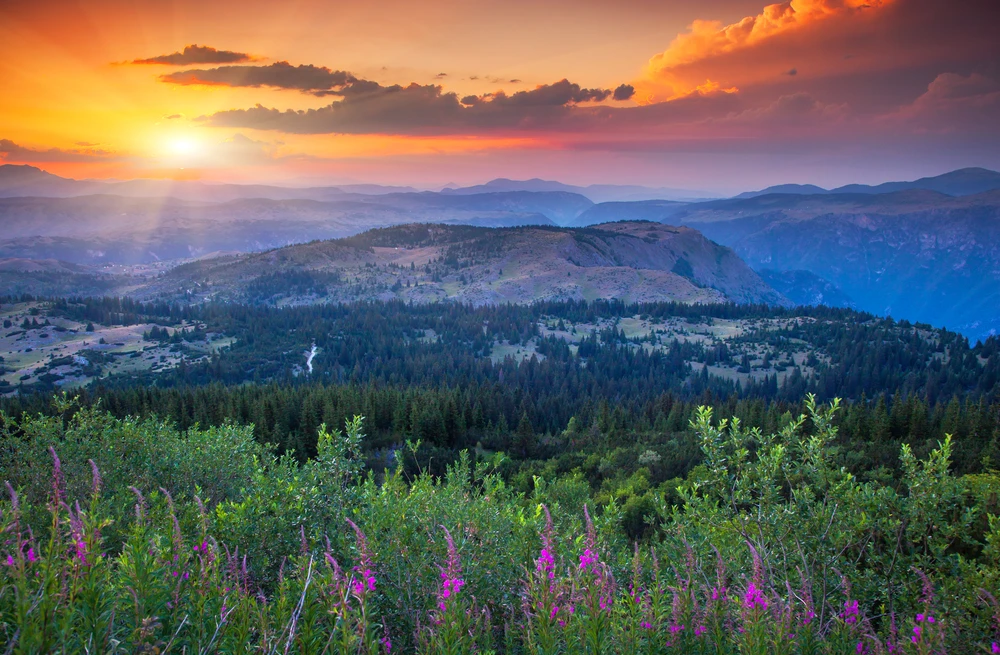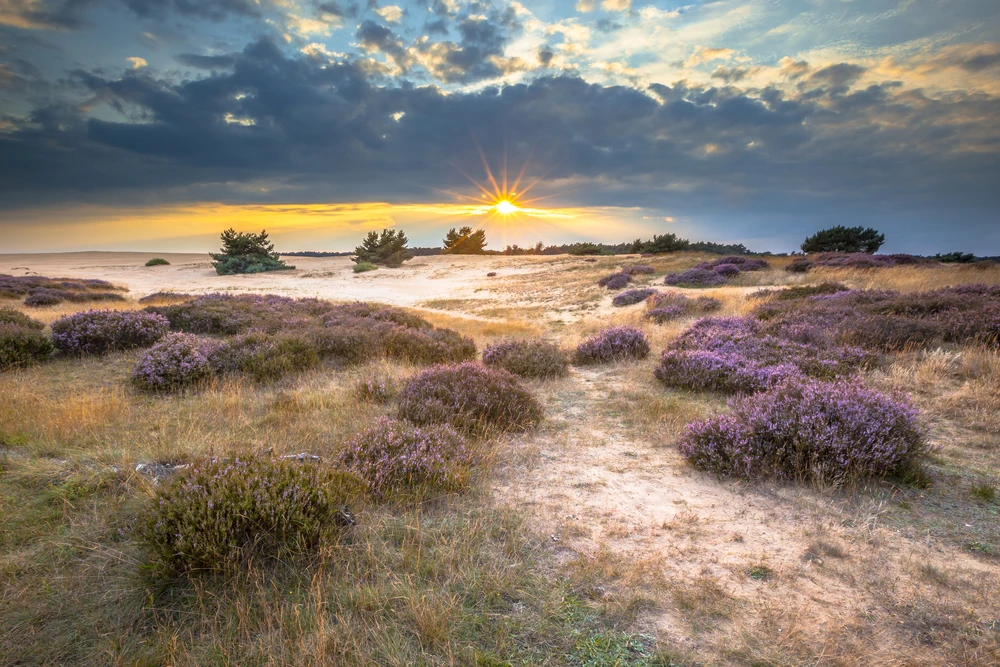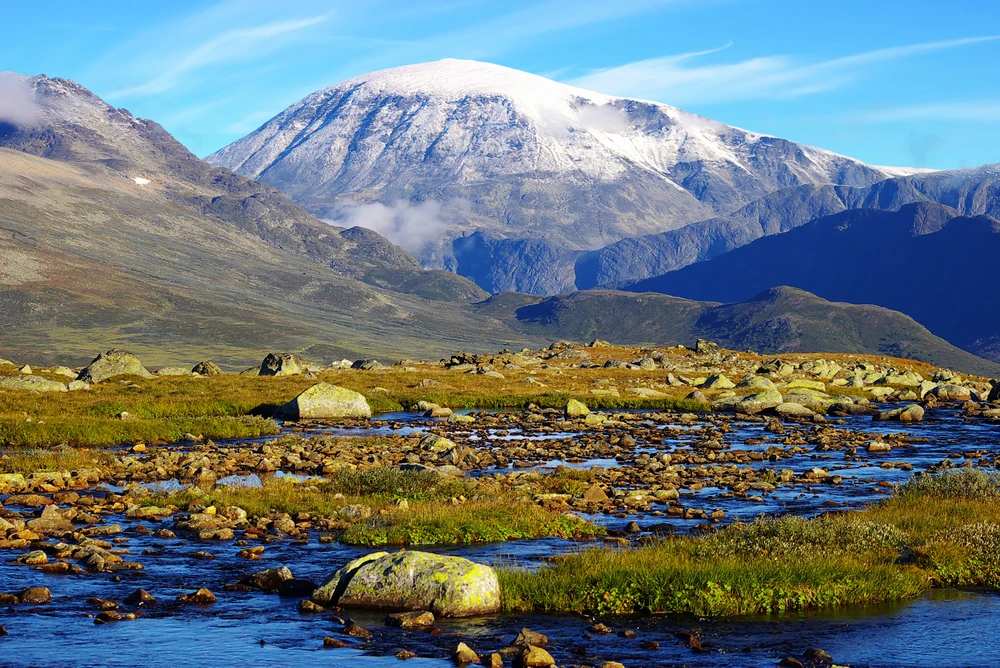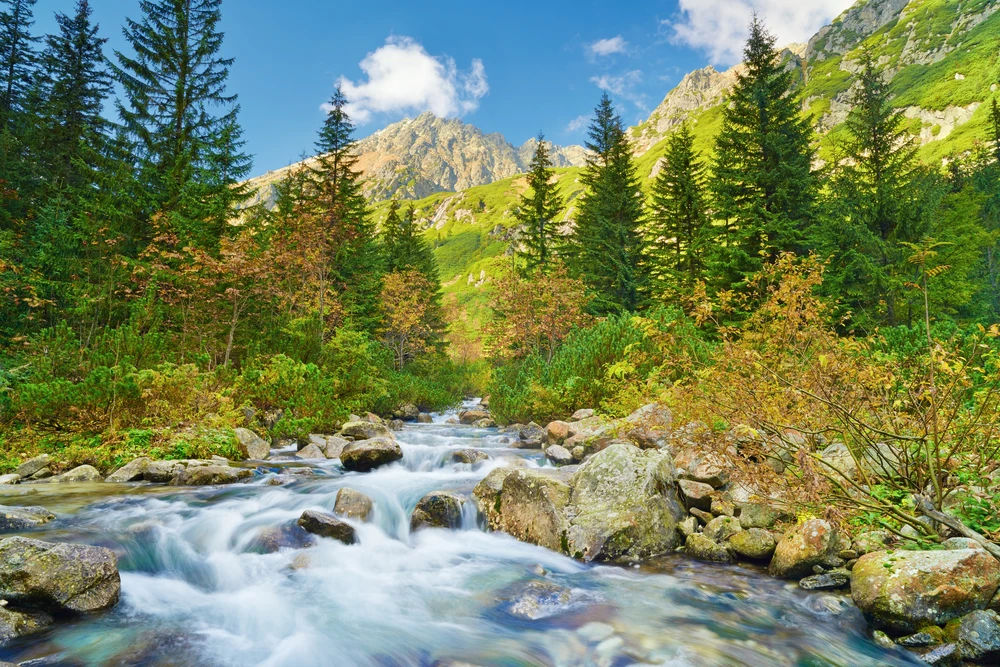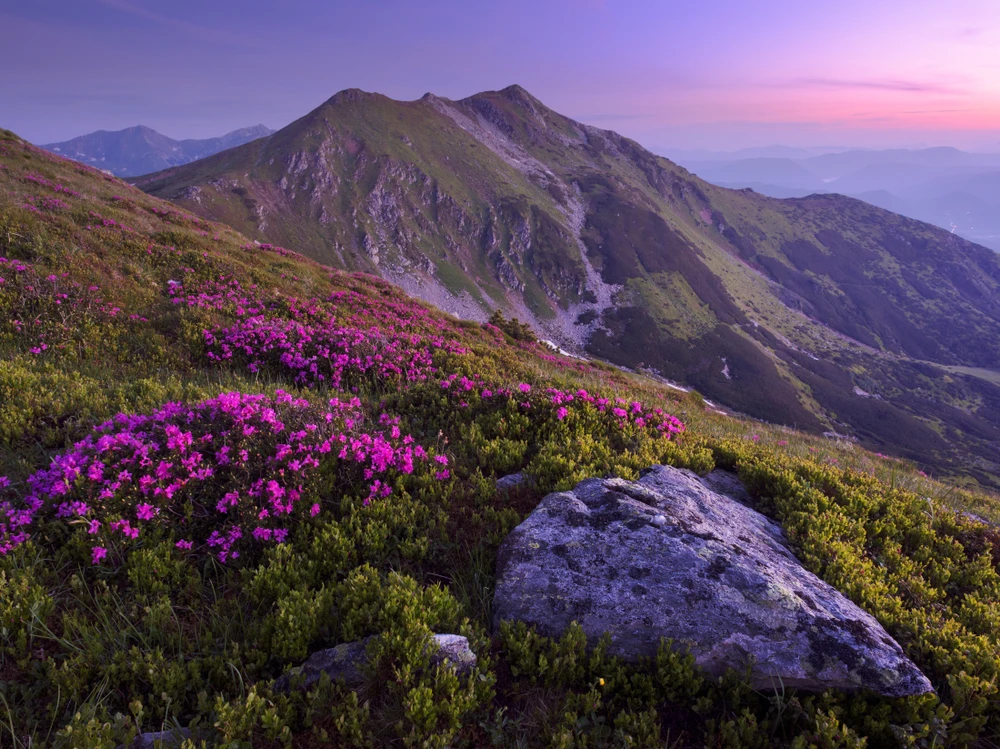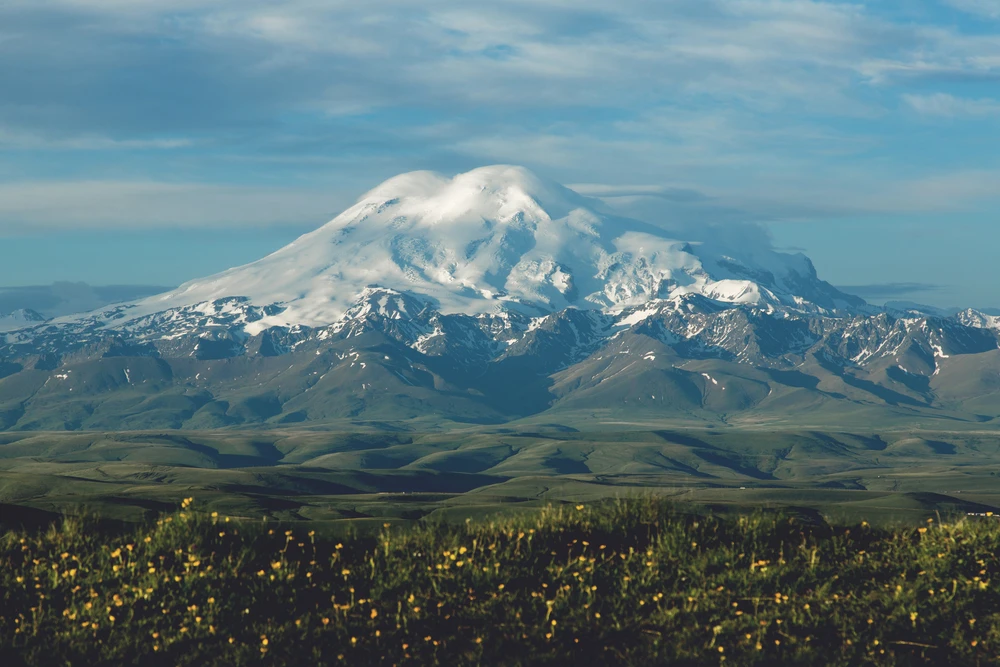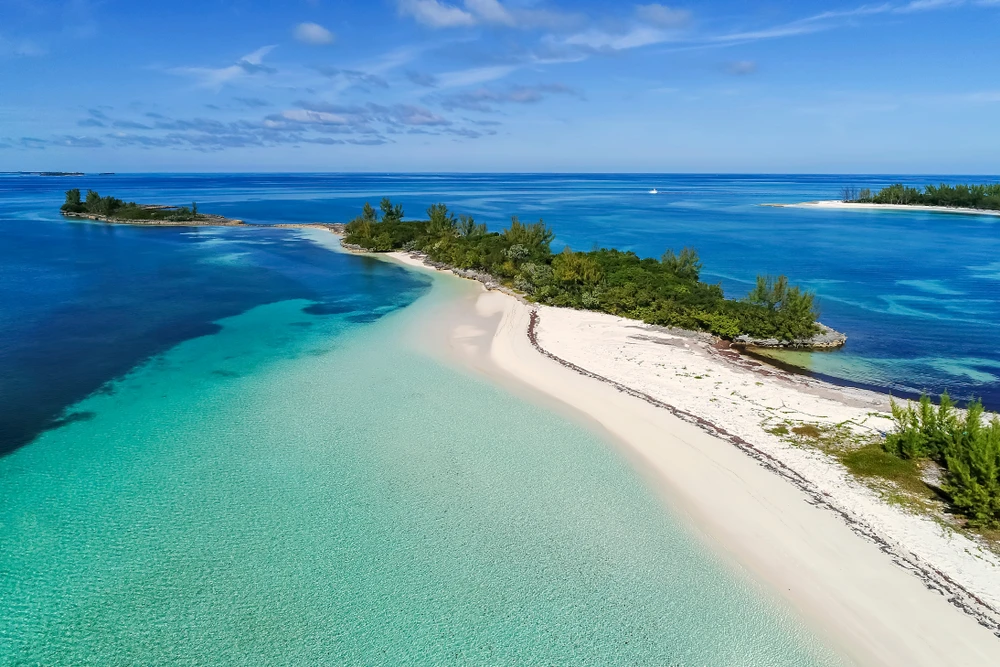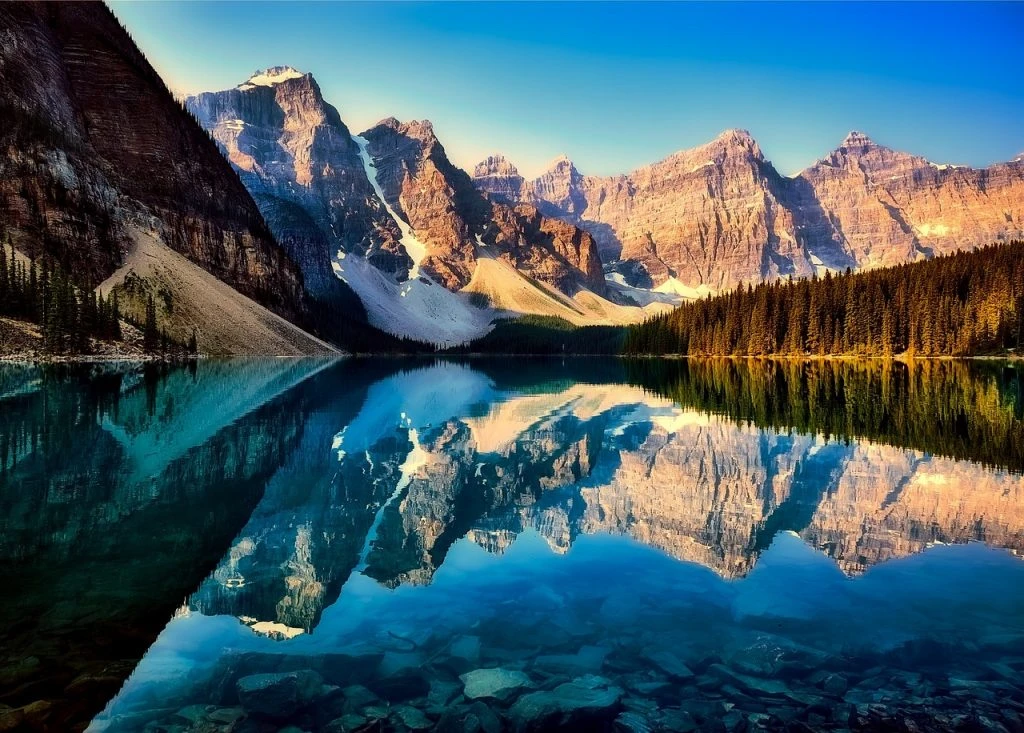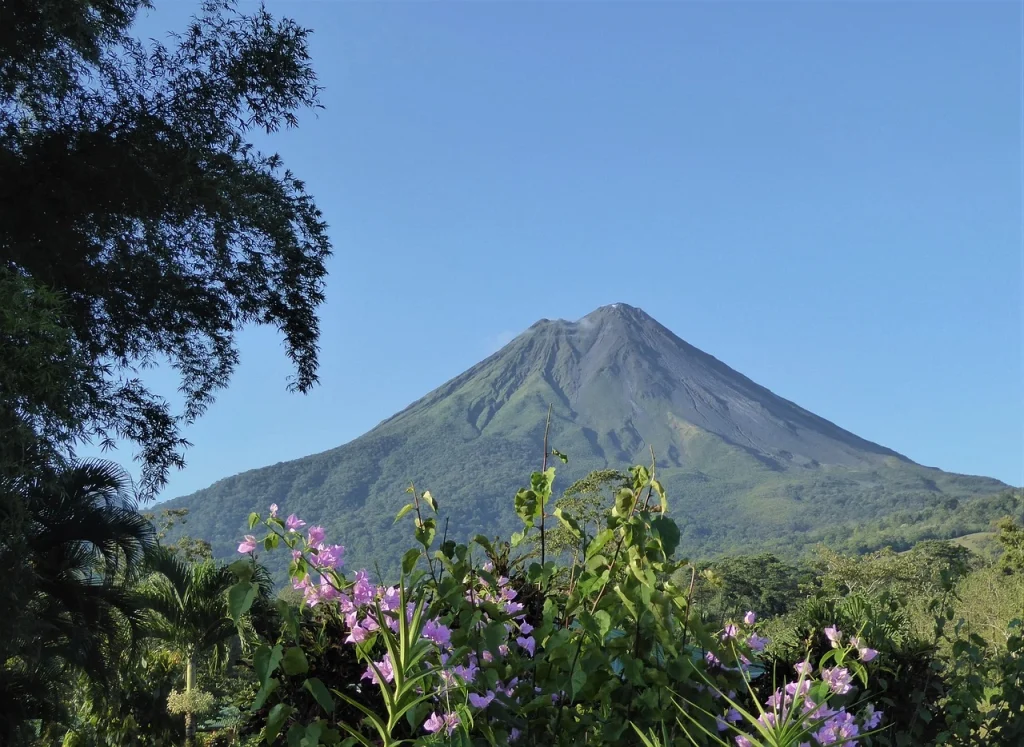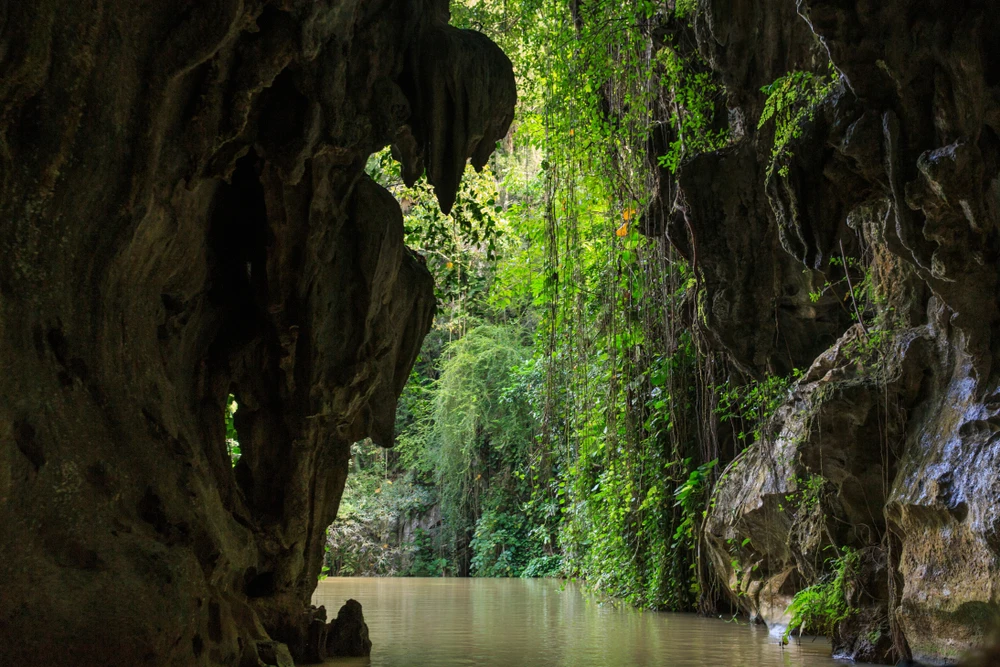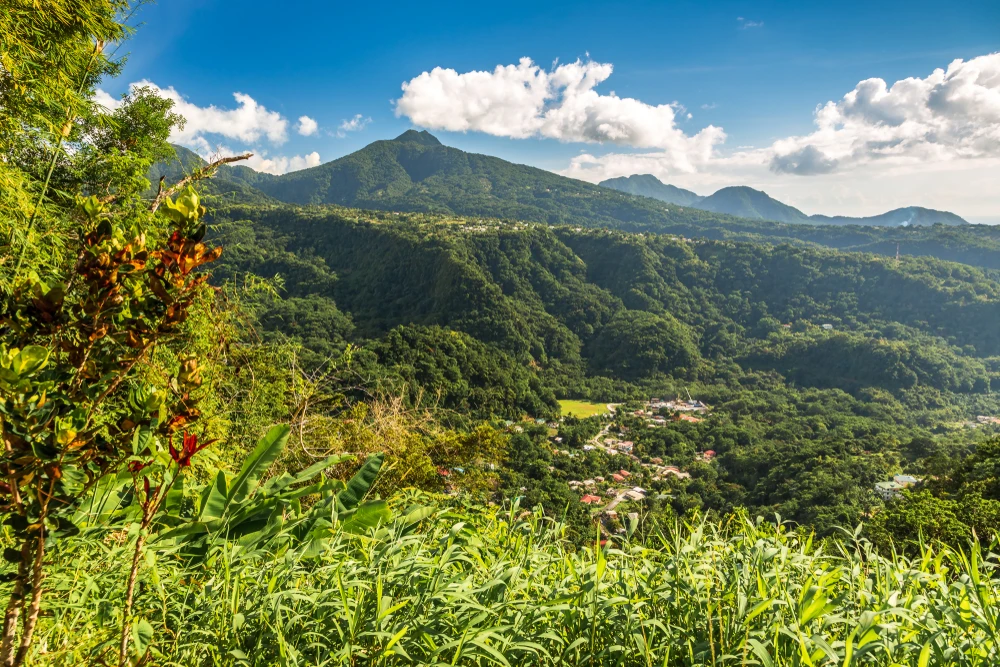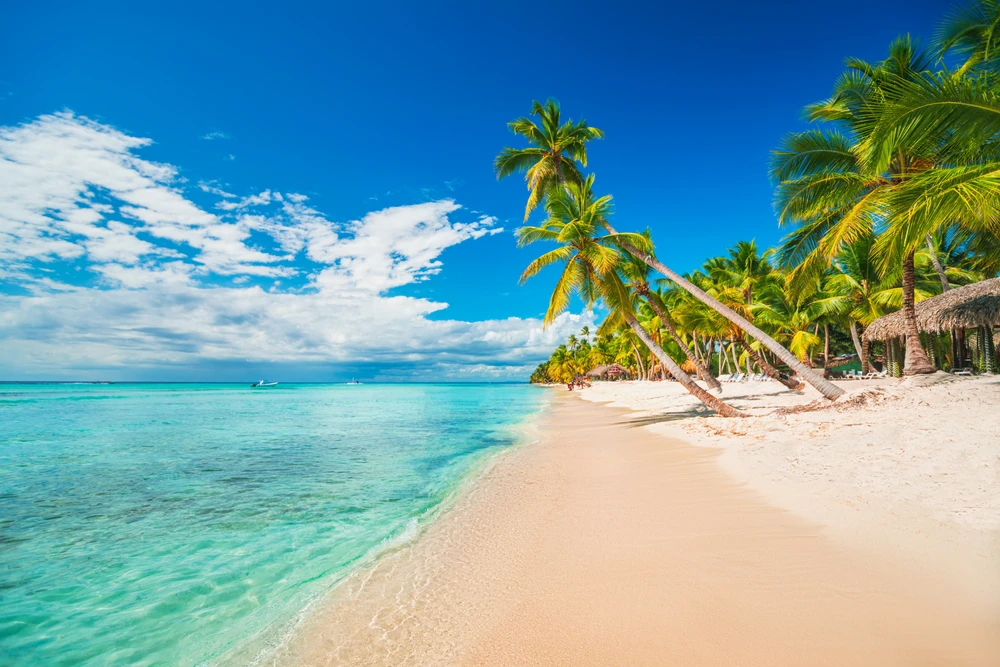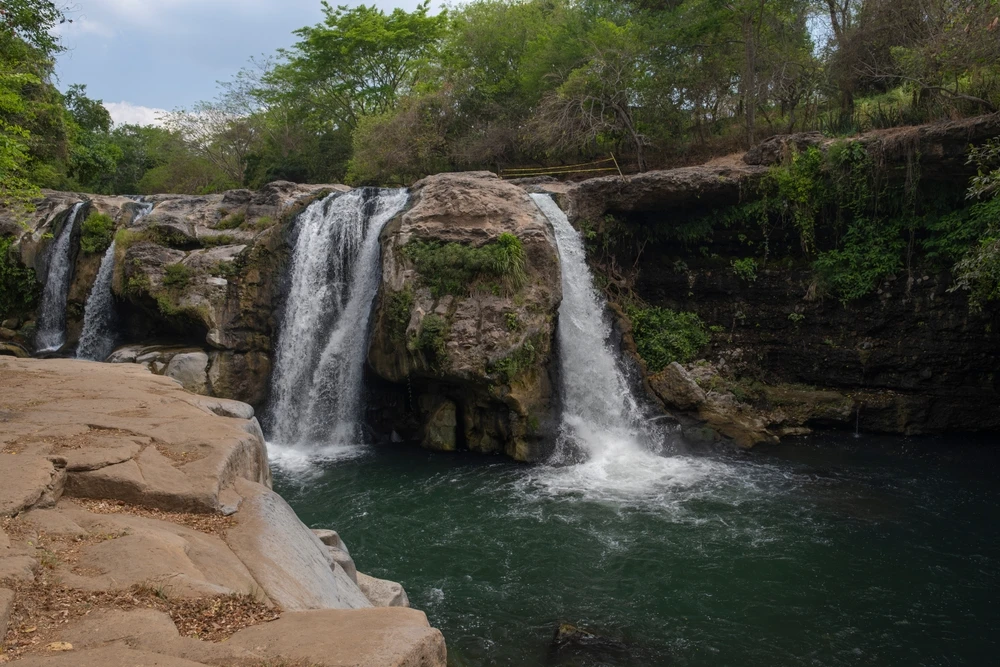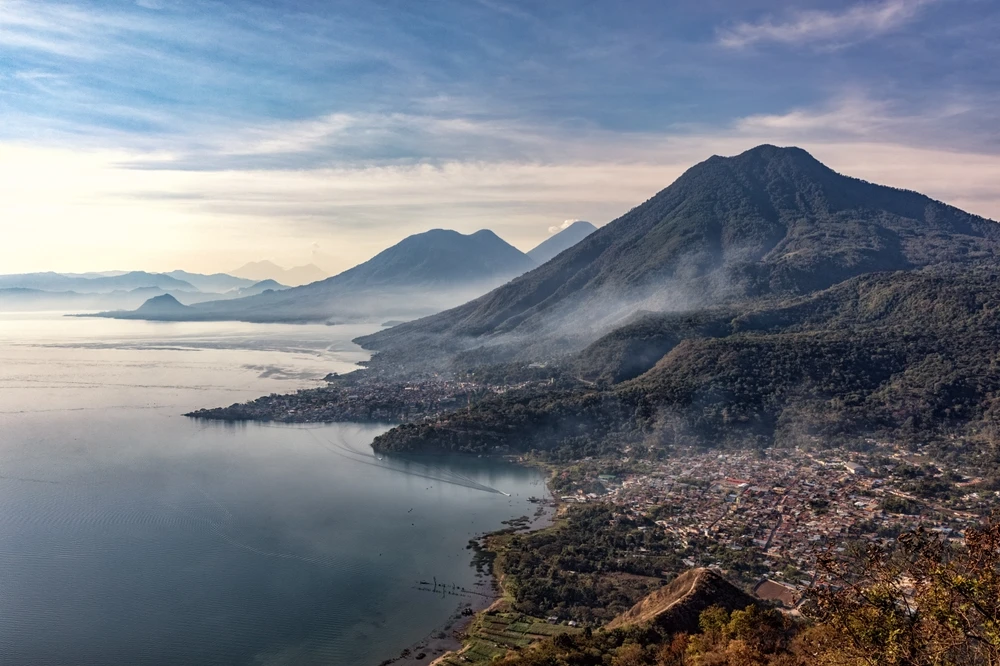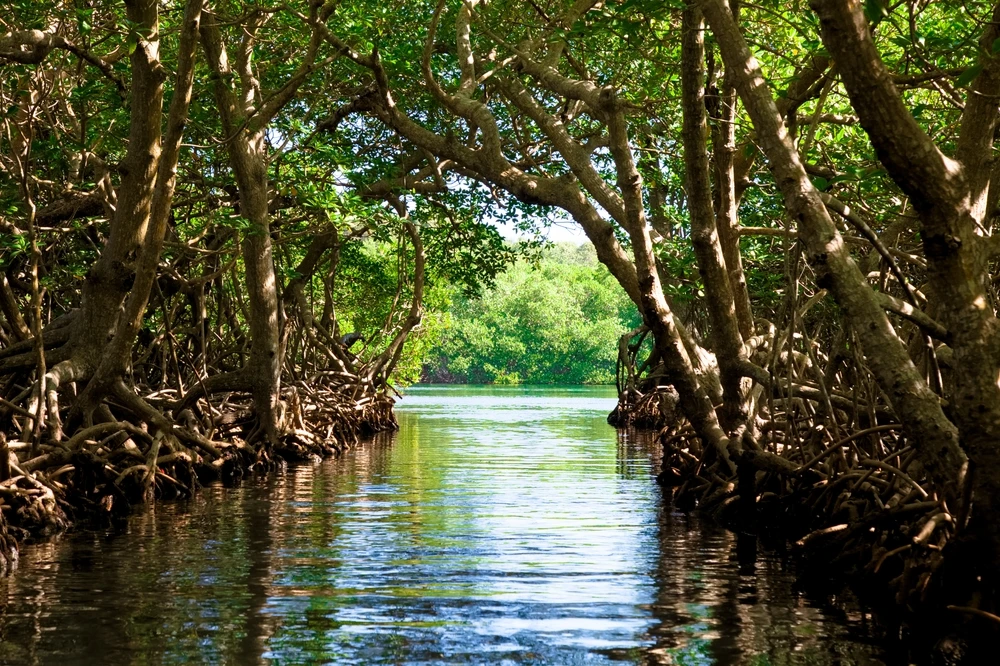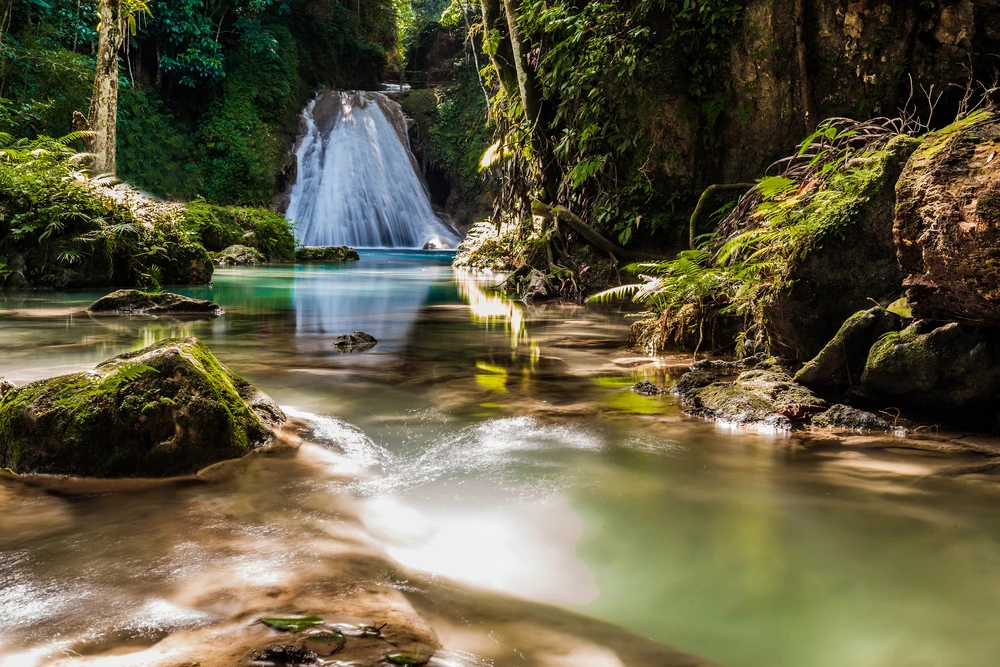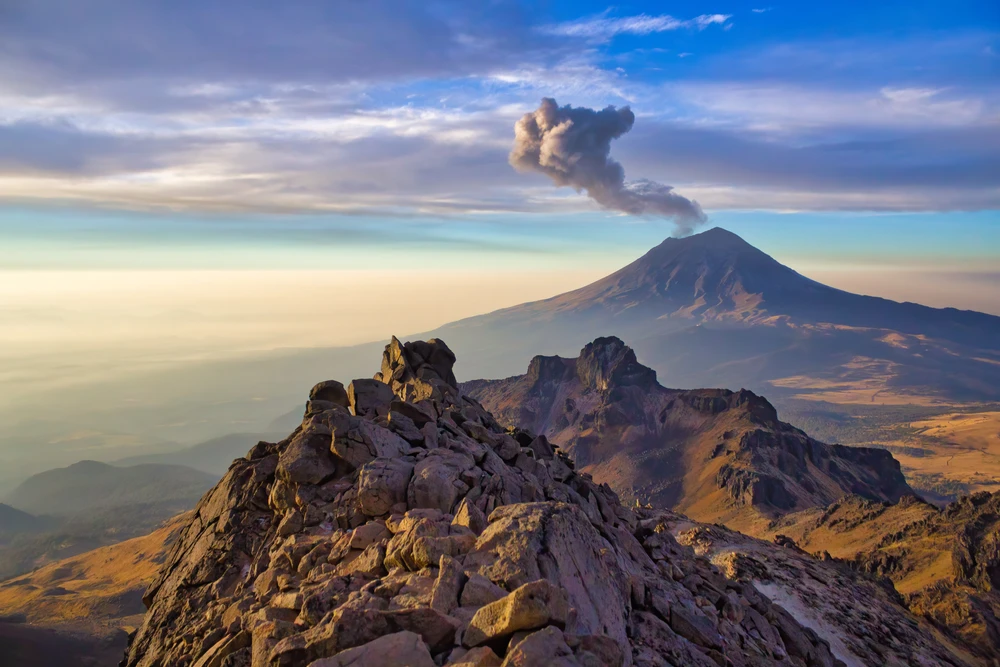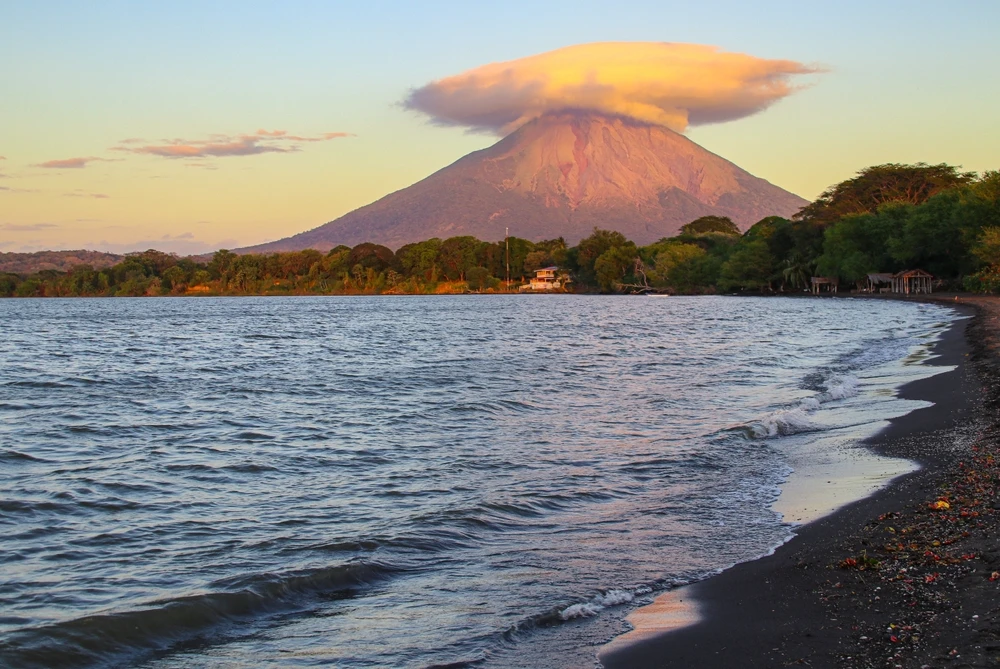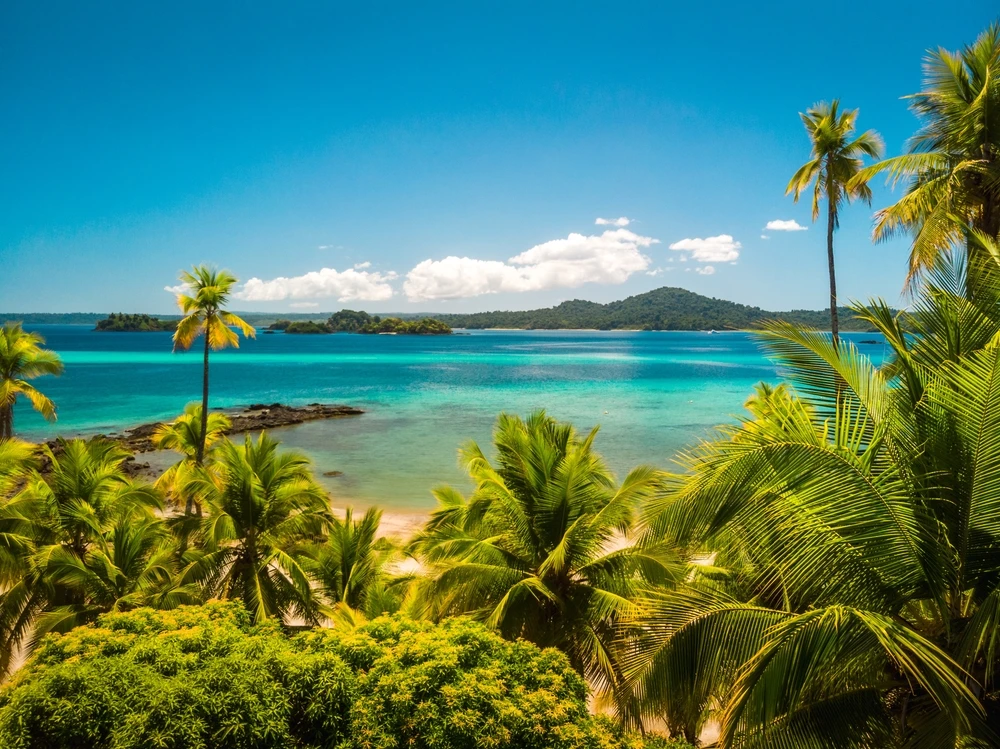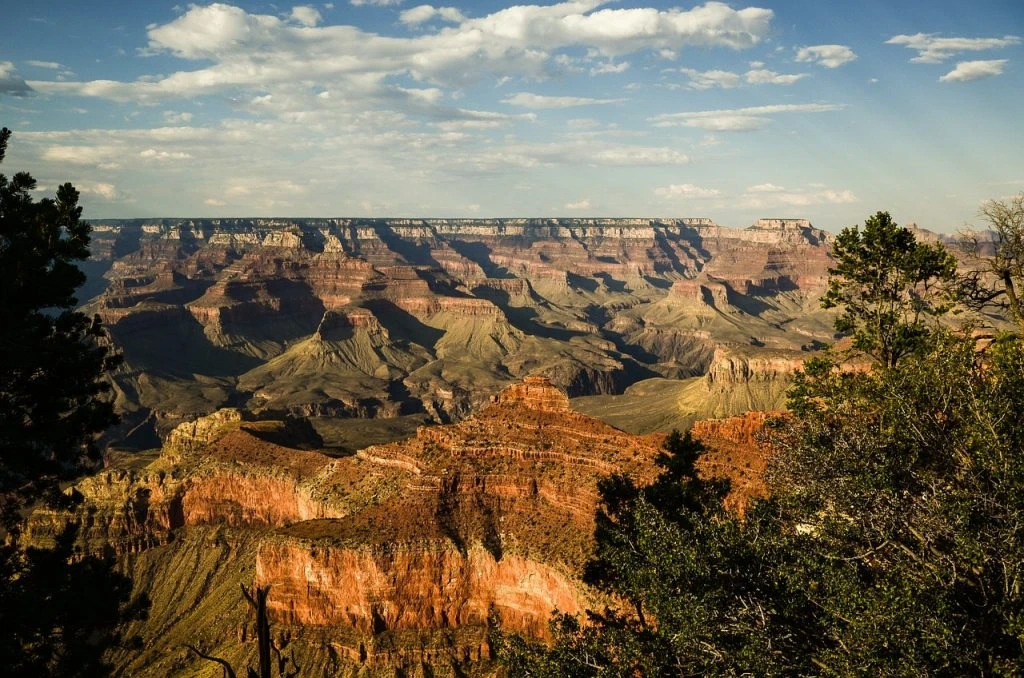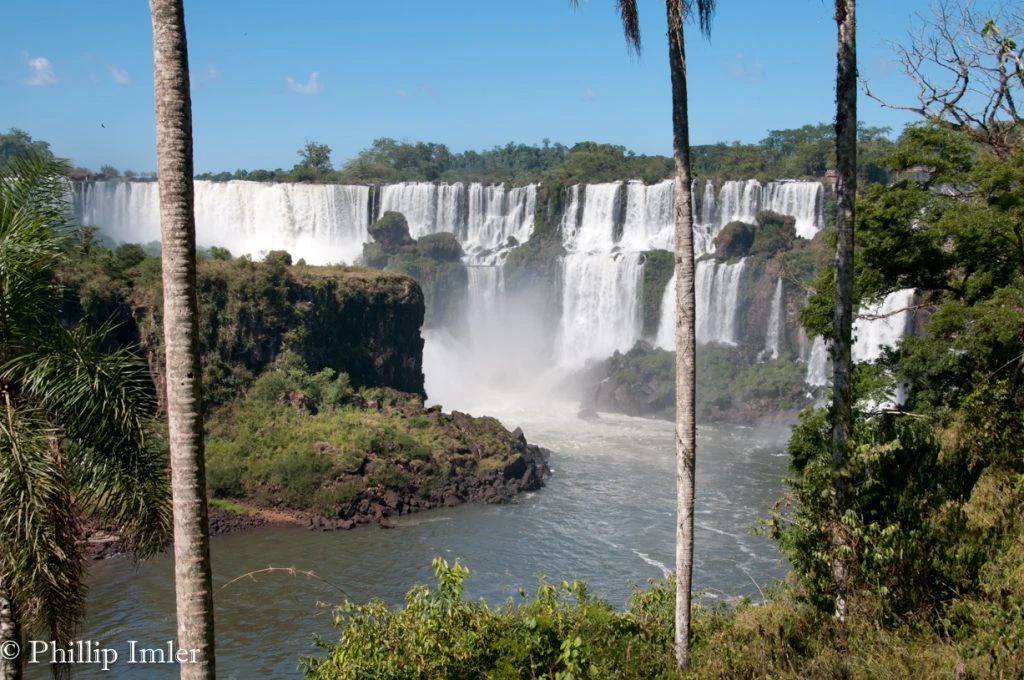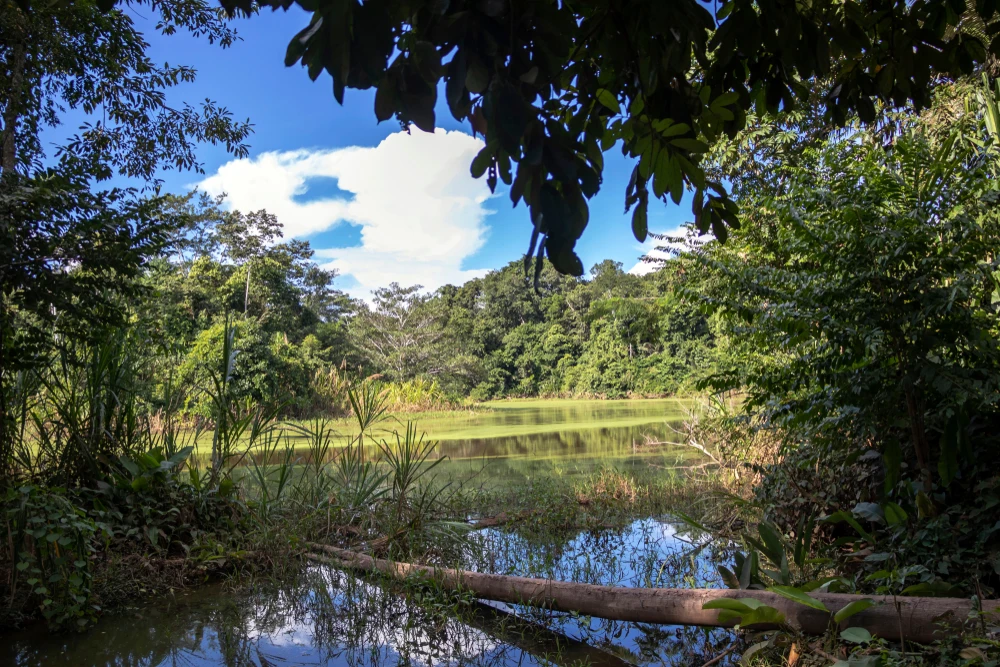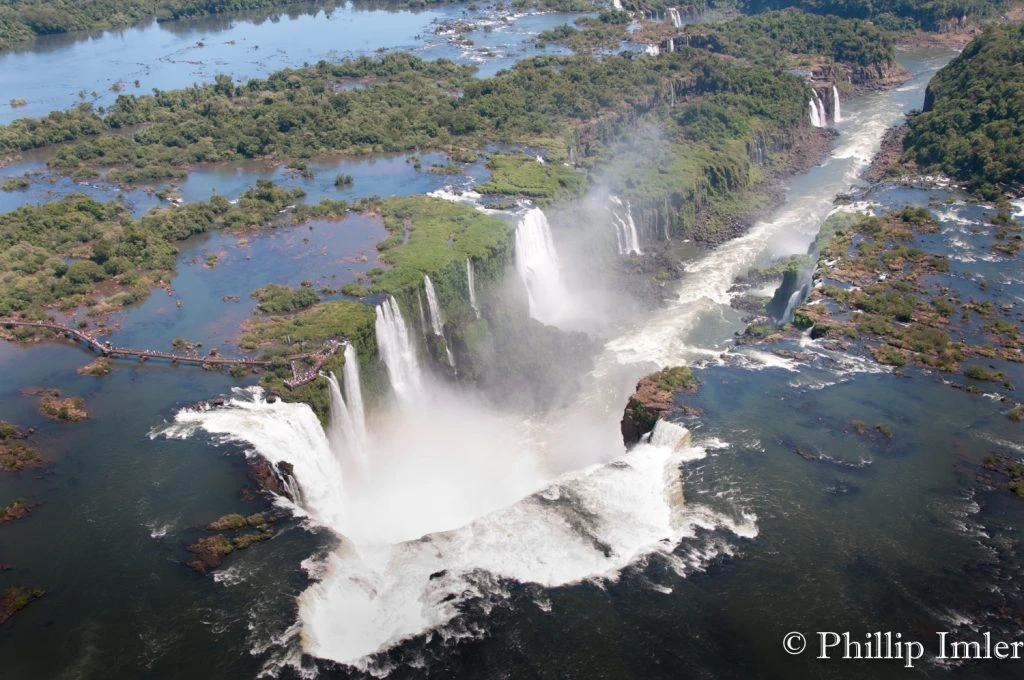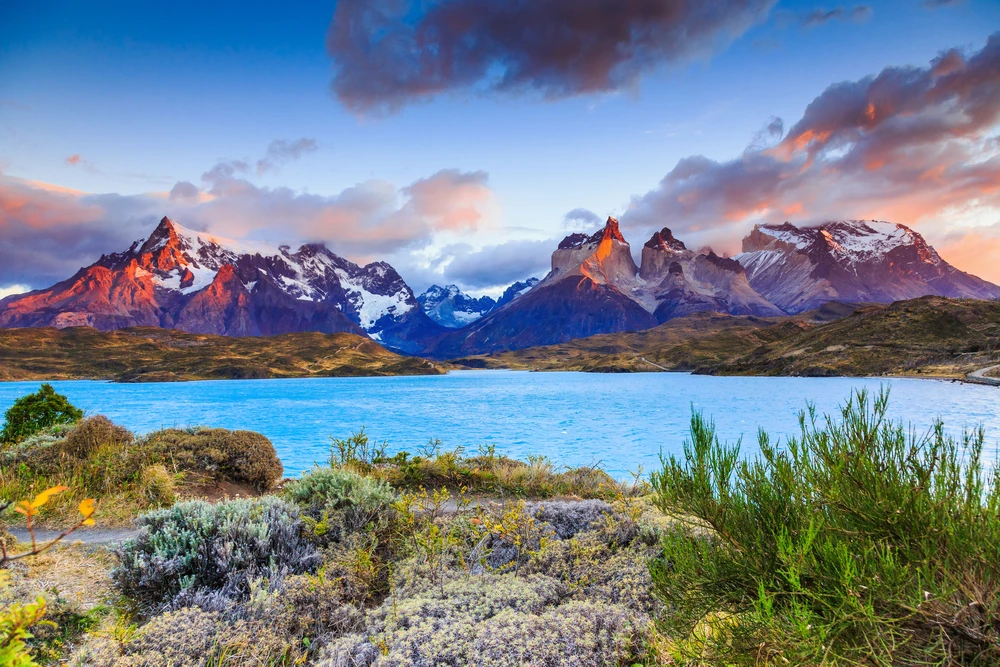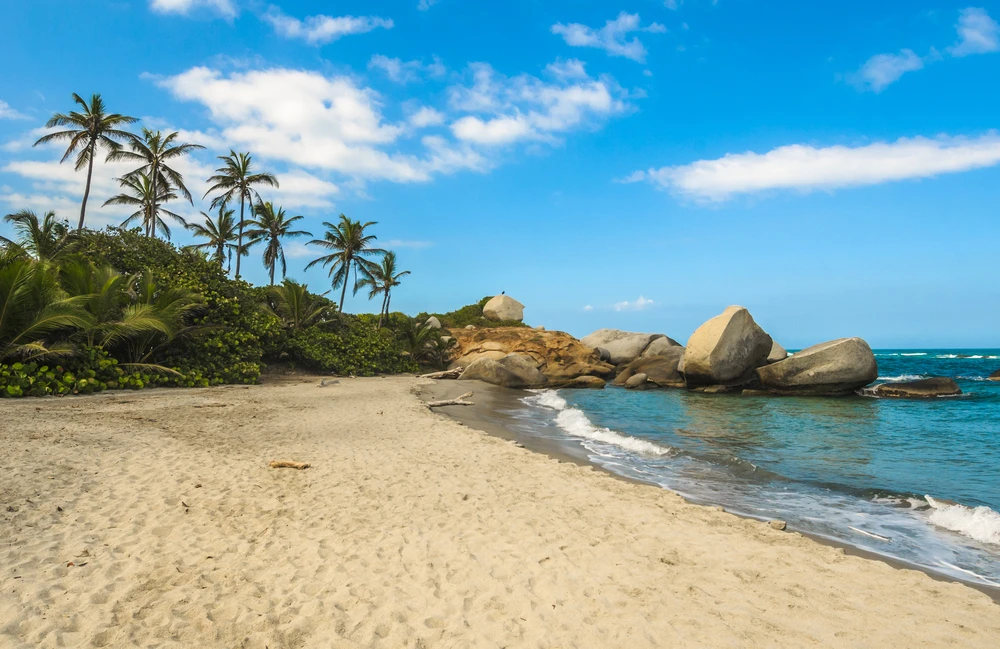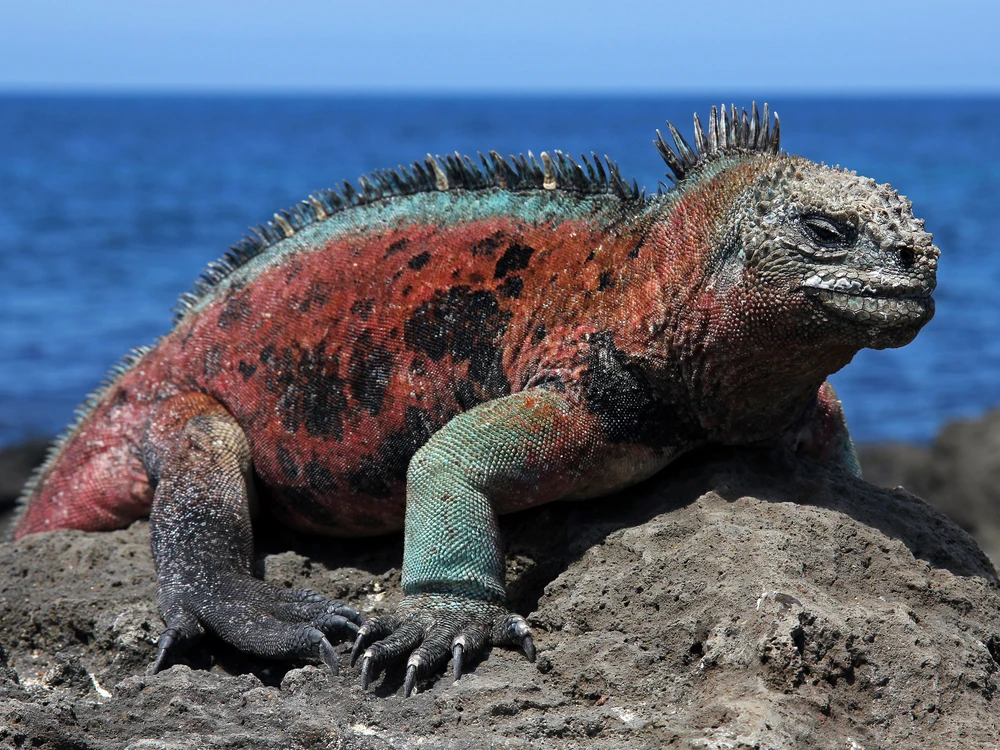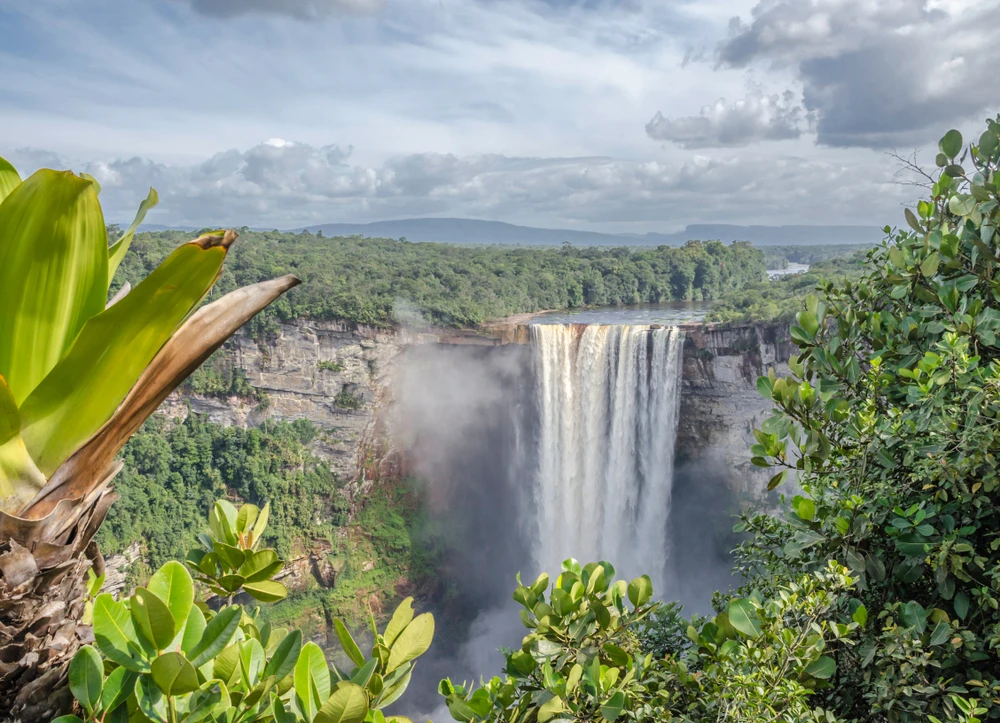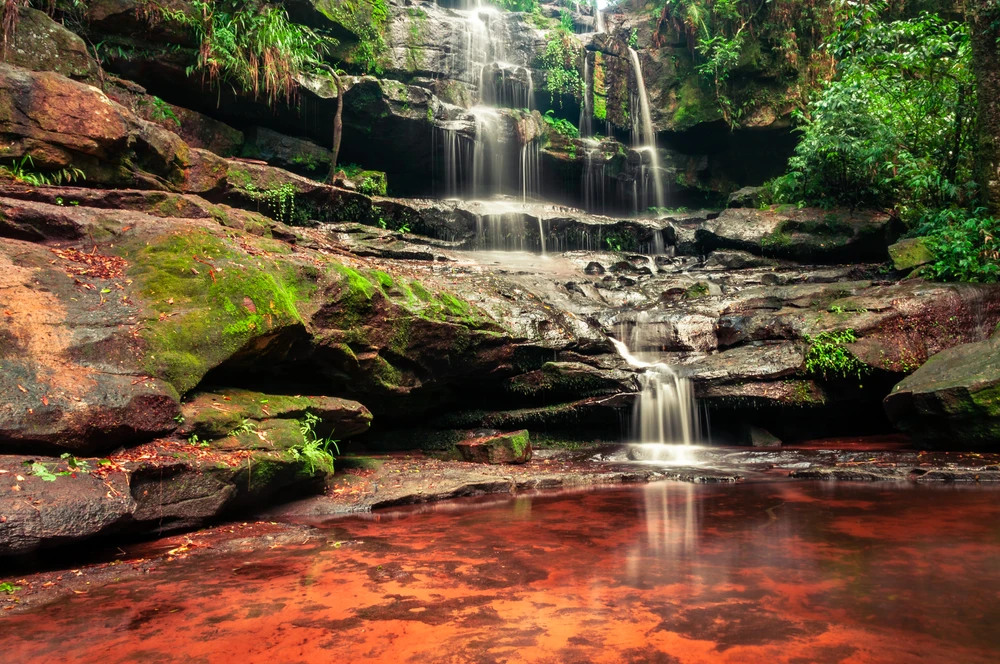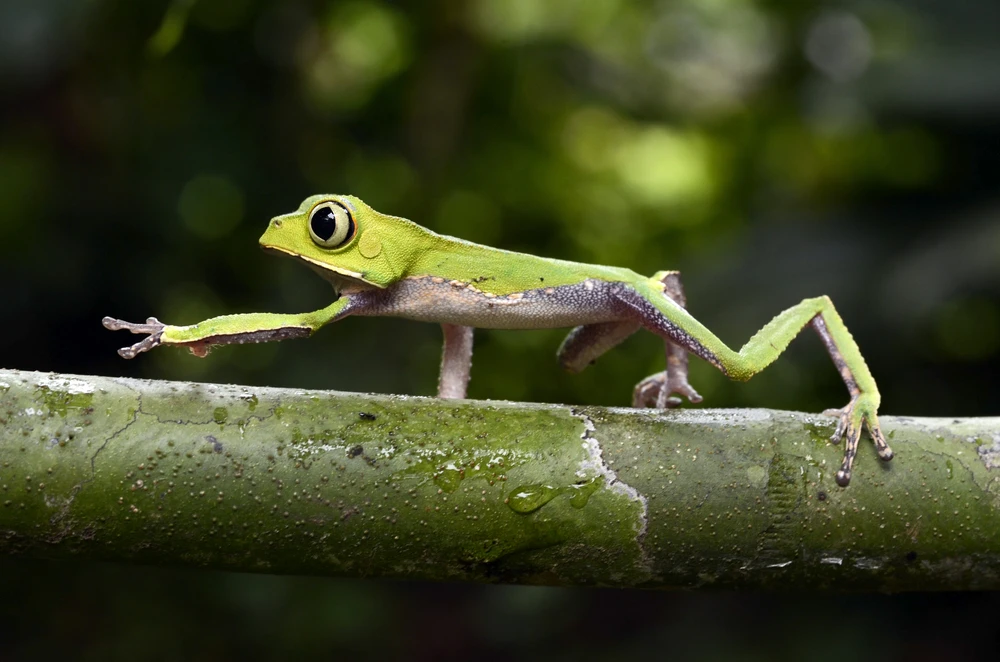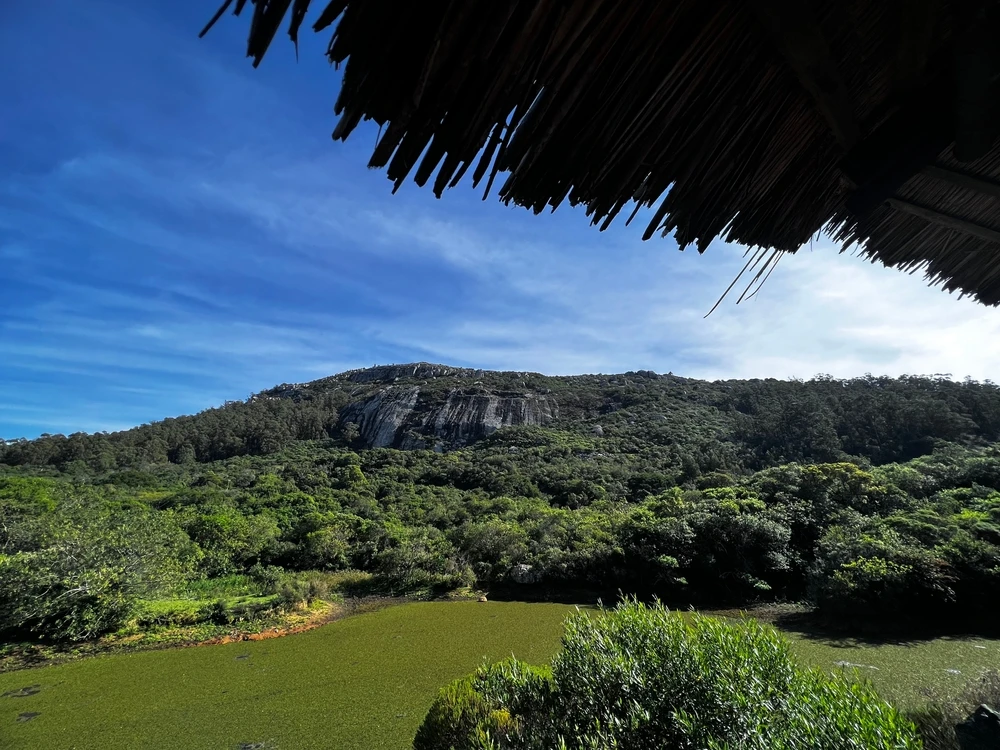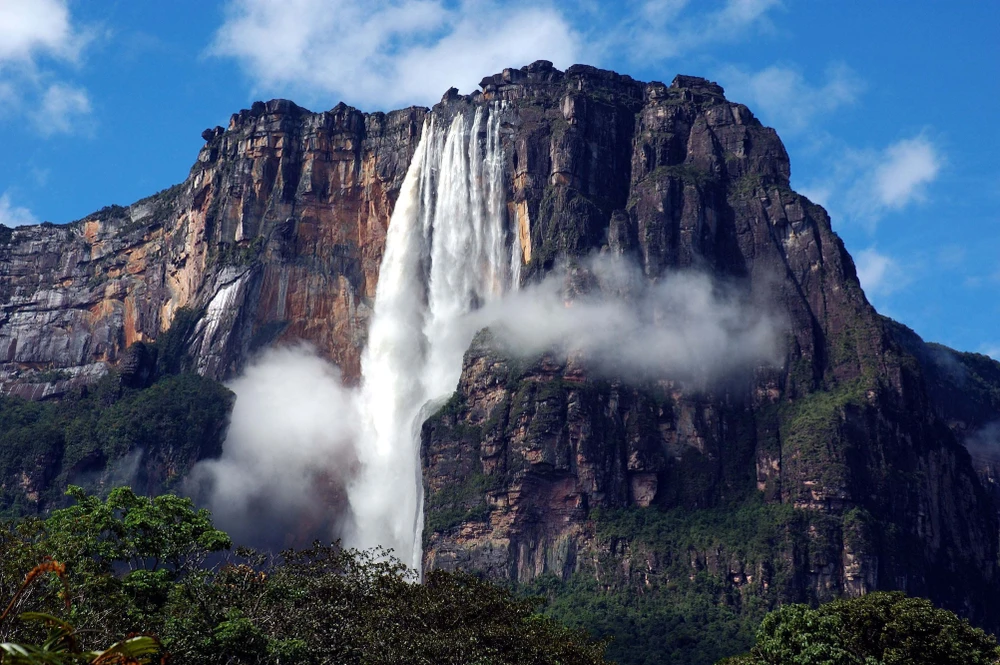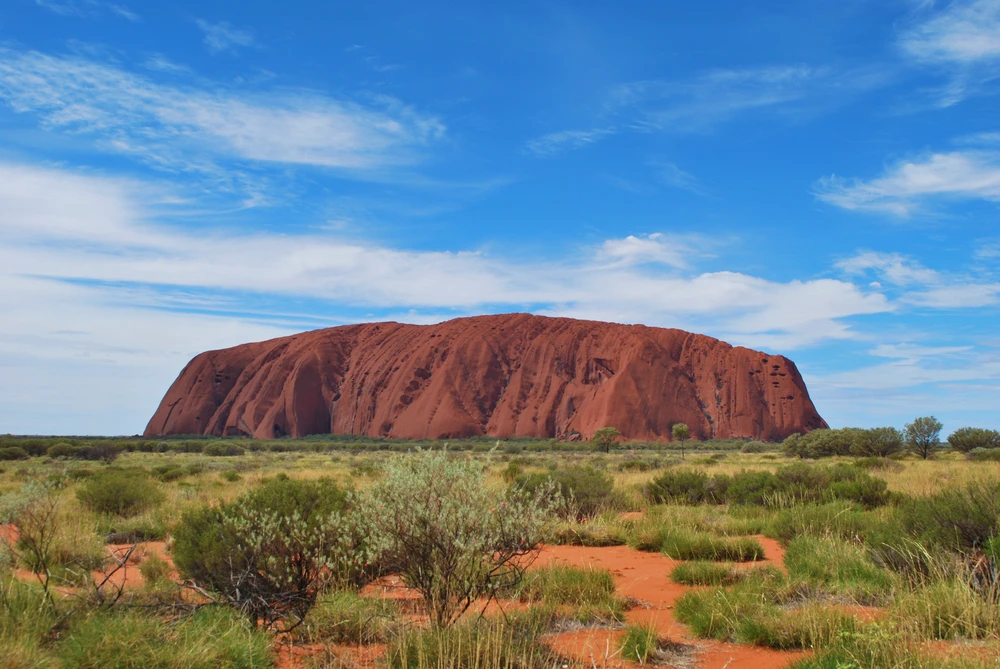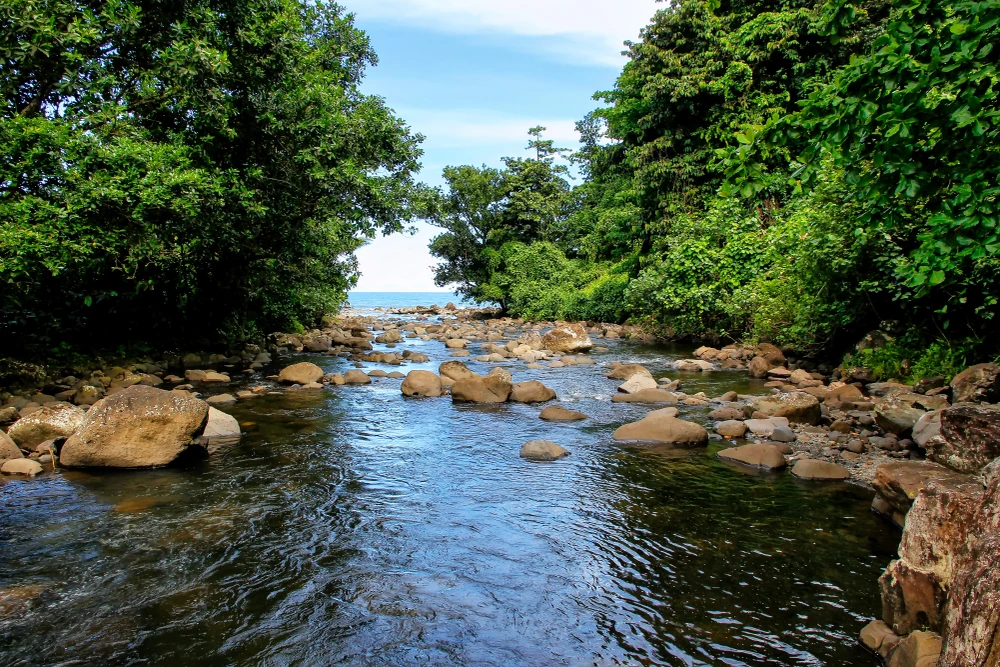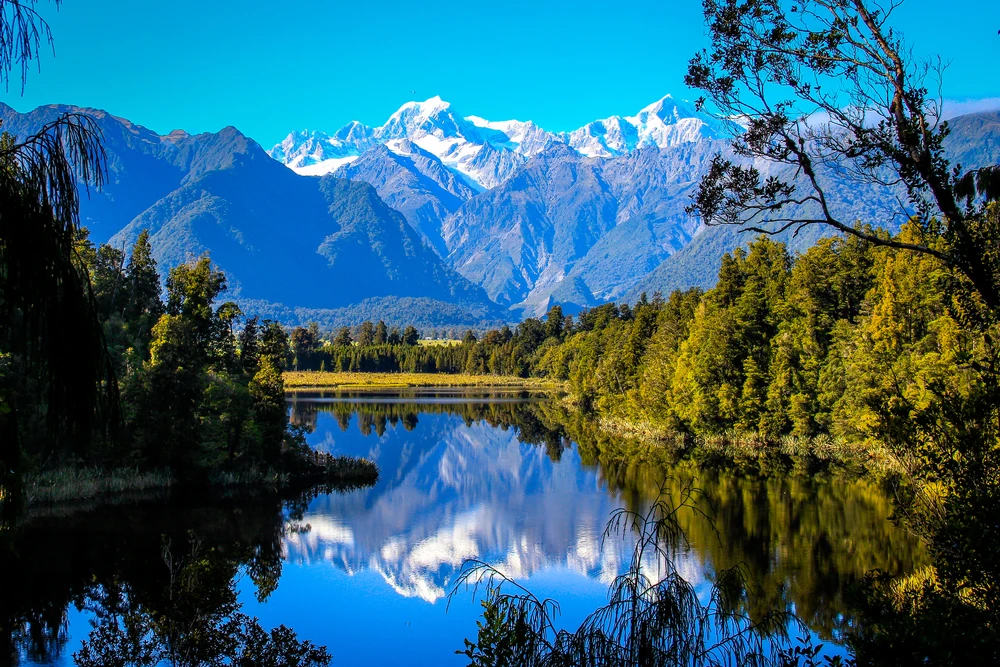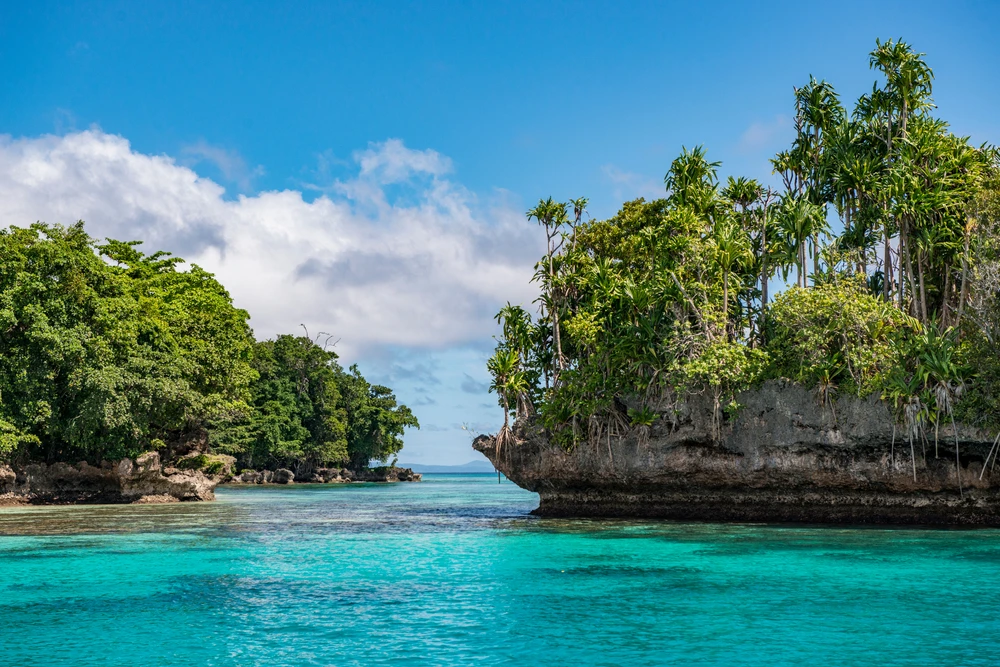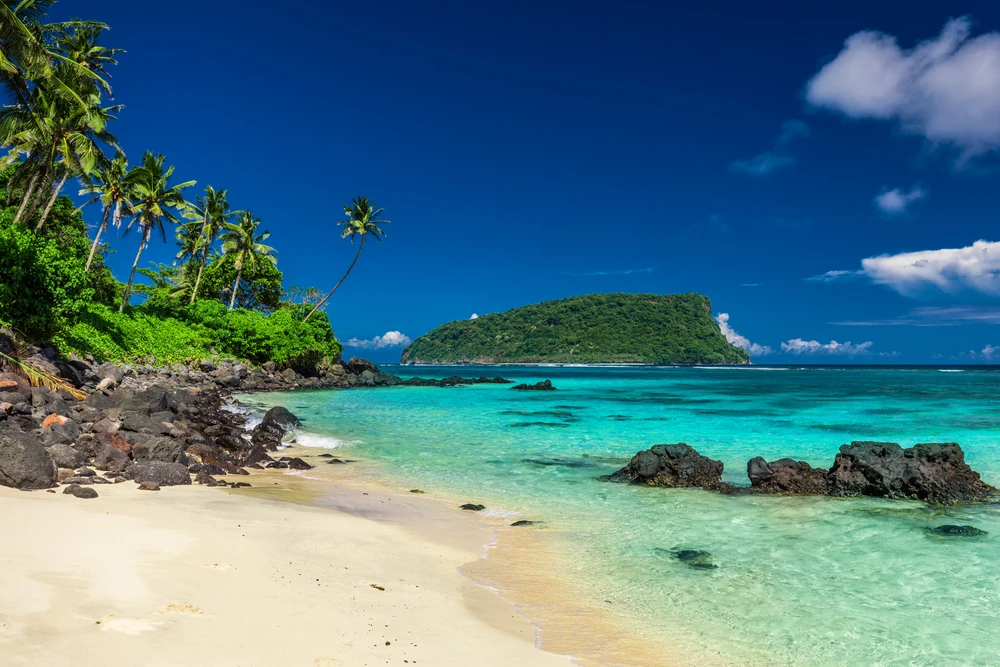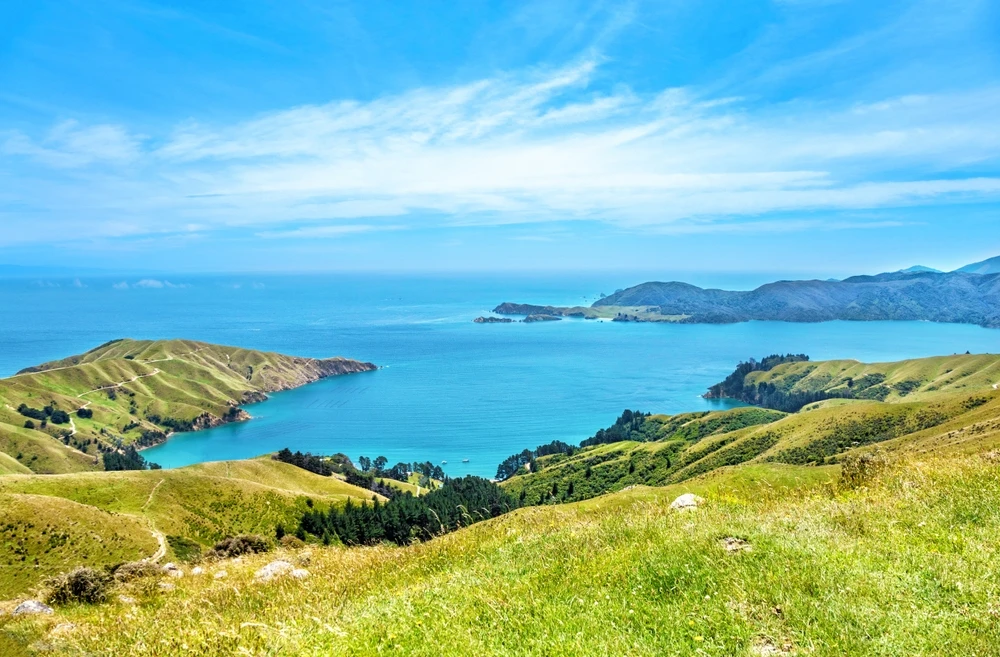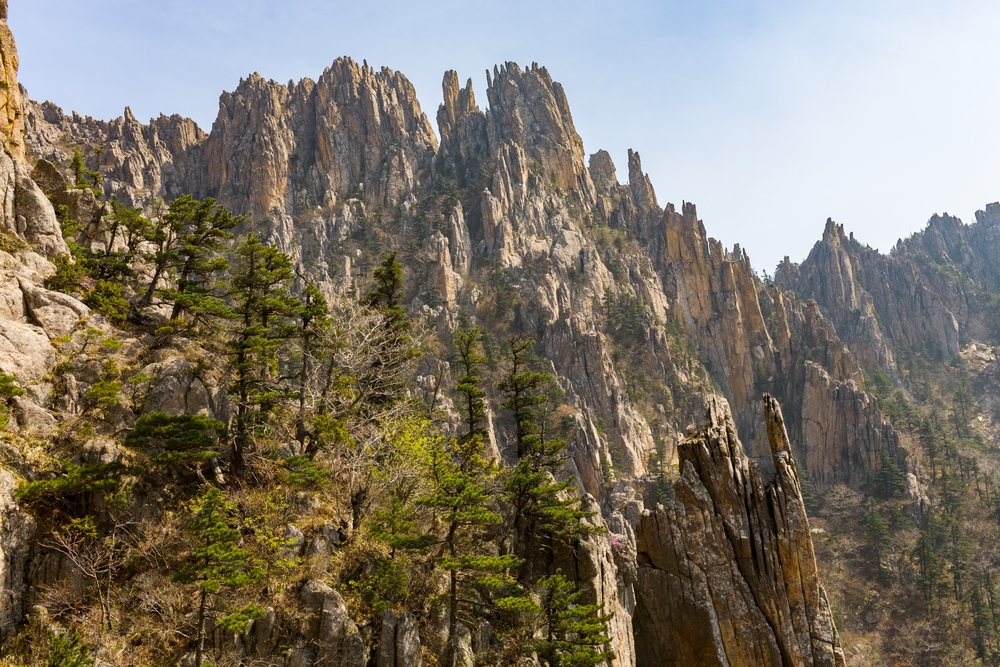North Korea, officially known as the Democratic People’s Republic of Korea (DPRK), is home to a surprising array of natural beauty and ecological diversity, despite its reputation as one of the most secretive nations in the world. The country is home to six officially designated national parks, each showcasing unique landscapes that range from mountainous terrains to coastal ecosystems. These protected areas, though rarely accessible to outsiders, play a crucial role in preserving North Korea’s natural heritage.
Among the most notable is Mount Kumgang National Park, renowned for its dramatic granite peaks, lush forests, and cascading waterfalls. Known as the “Diamond Mountains,” this park holds cultural and spiritual significance for Koreans and is celebrated for its breathtaking seasonal changes. The flora and fauna here are diverse, with endemic species thriving in its well-preserved environment. While access to the park has historically been limited to carefully controlled tours, its natural splendor makes it one of the most talked-about destinations in North Korea.
Mount Myohyang National Park, another highlight, is named after its “mystical fragrant mountain” and is famous for its striking ridges and deep valleys. The area is also a cultural treasure trove, with sites like the International Friendship Exhibition housing gifts to North Korean leaders. The park’s mix of natural and cultural attractions adds to its significance, offering a blend of biodiversity and human history.
Paektu Mountain National Park is centered around the iconic Mount Paektu, an active stratovolcano and the highest peak on the Korean Peninsula. The mountain and its surrounding areas, including Heaven Lake, are revered in Korean folklore and history. The park’s rugged beauty and unique volcanic features make it a geological and ecological gem, home to rare species adapted to its harsh environment.
Chilbosan National Park, less well-known but equally stunning, boasts striking coastal cliffs and ancient rock formations. The park is a haven for birdlife, including migratory species that rely on its protected coastal wetlands.
Conservation challenges in North Korea include limited scientific monitoring, lack of international collaboration, and resource constraints. However, the country’s tightly controlled development and limited industrial activity have inadvertently preserved vast stretches of wilderness. Recent efforts to engage with international environmental organizations have shown promise, with some initiatives aimed at enhancing the management of these national parks.
Despite its isolation, North Korea’s national parks reflect a rich natural heritage that deserves recognition. These parks serve as critical refuges for biodiversity and represent the country’s potential to balance conservation with sustainable development.

